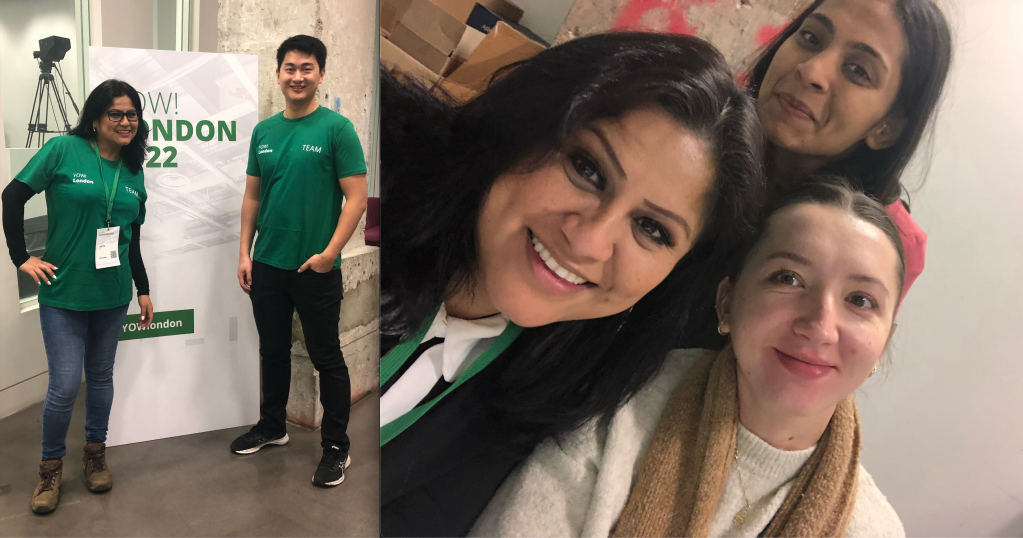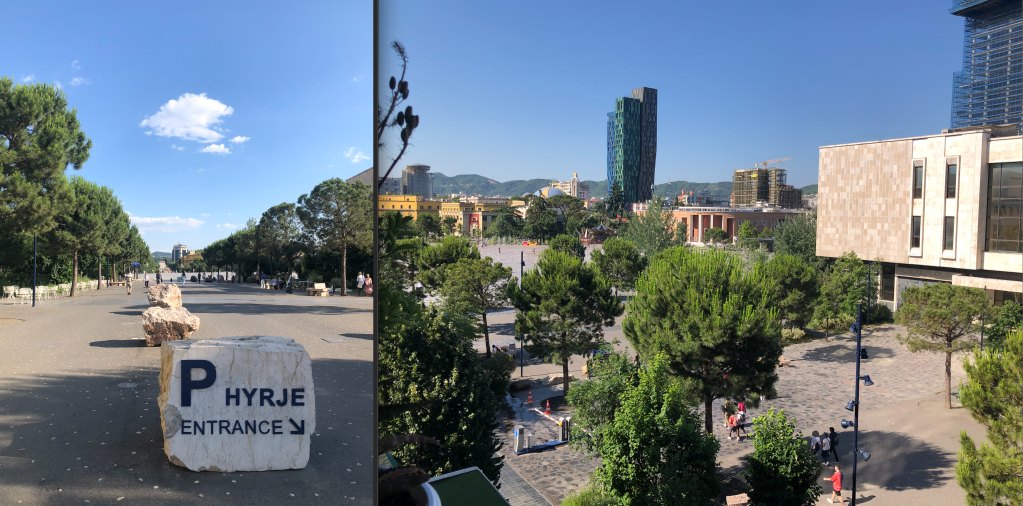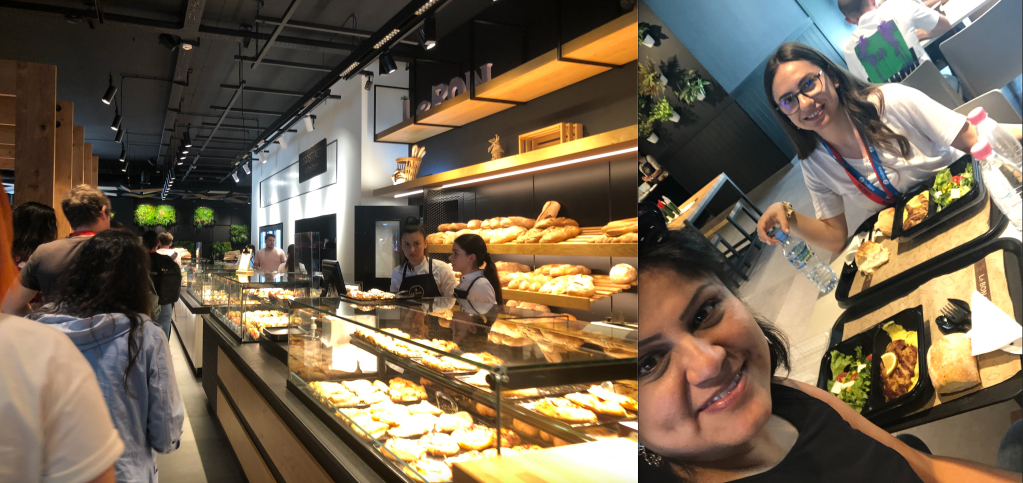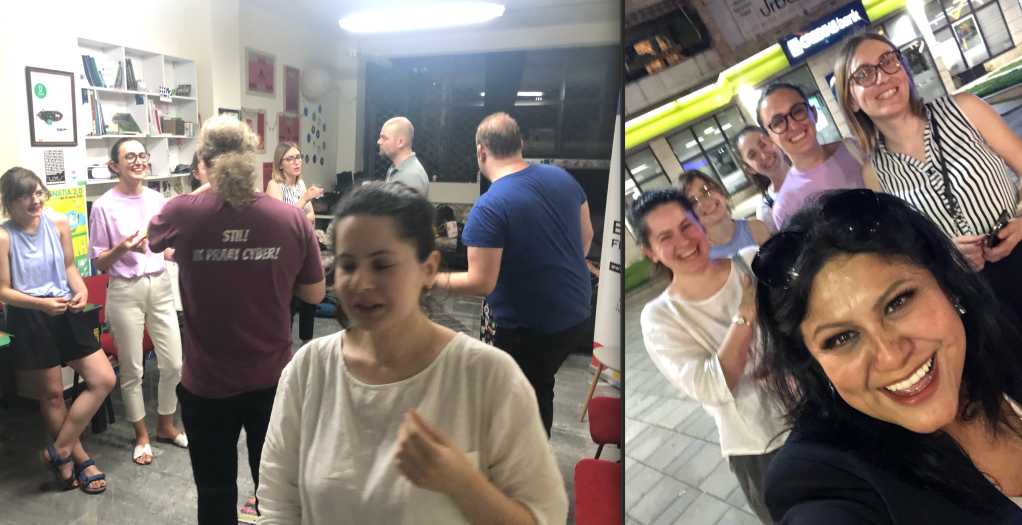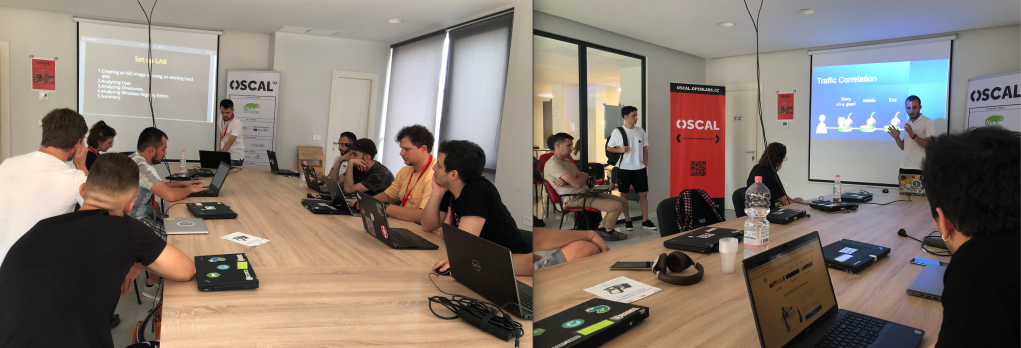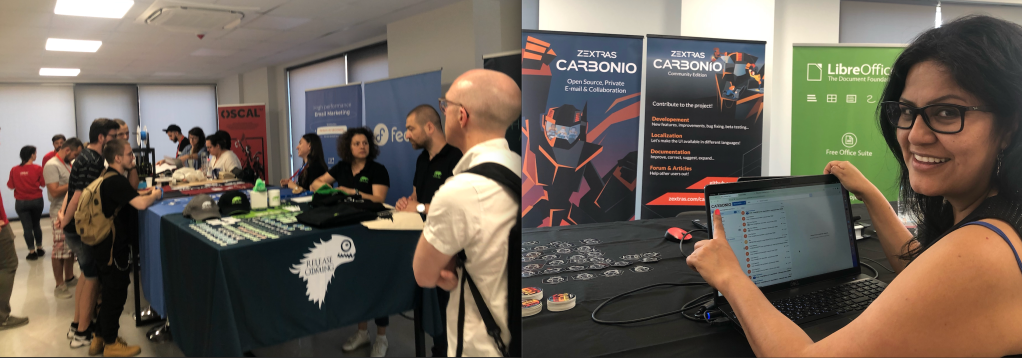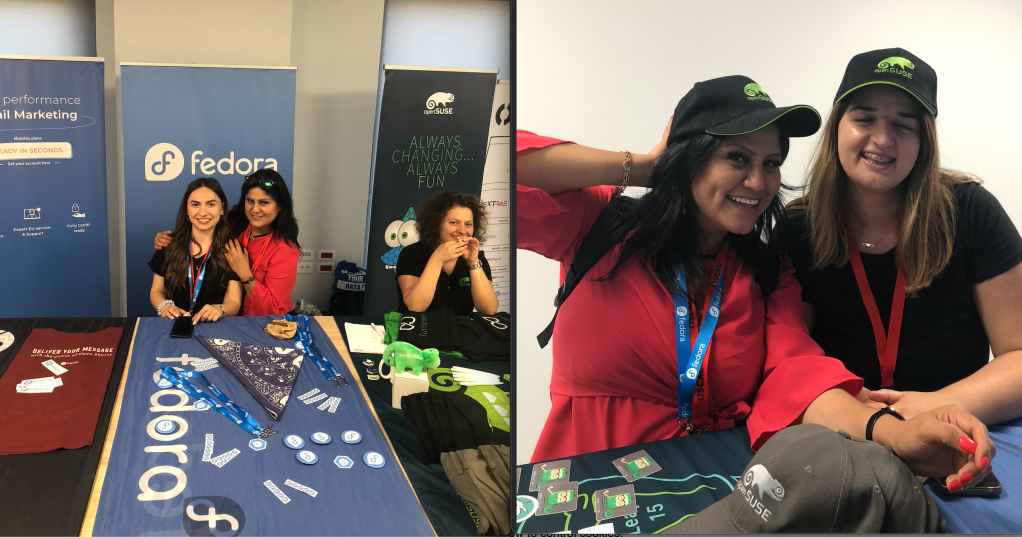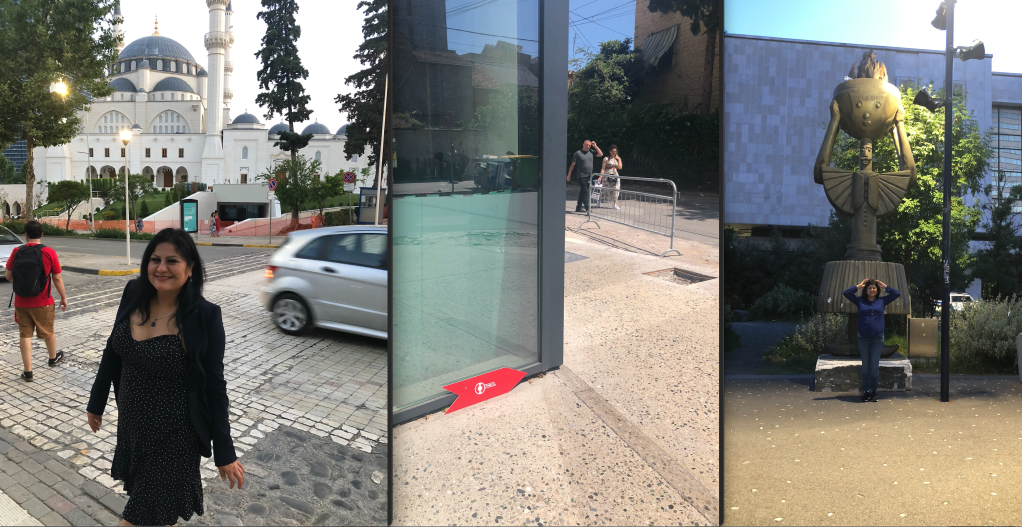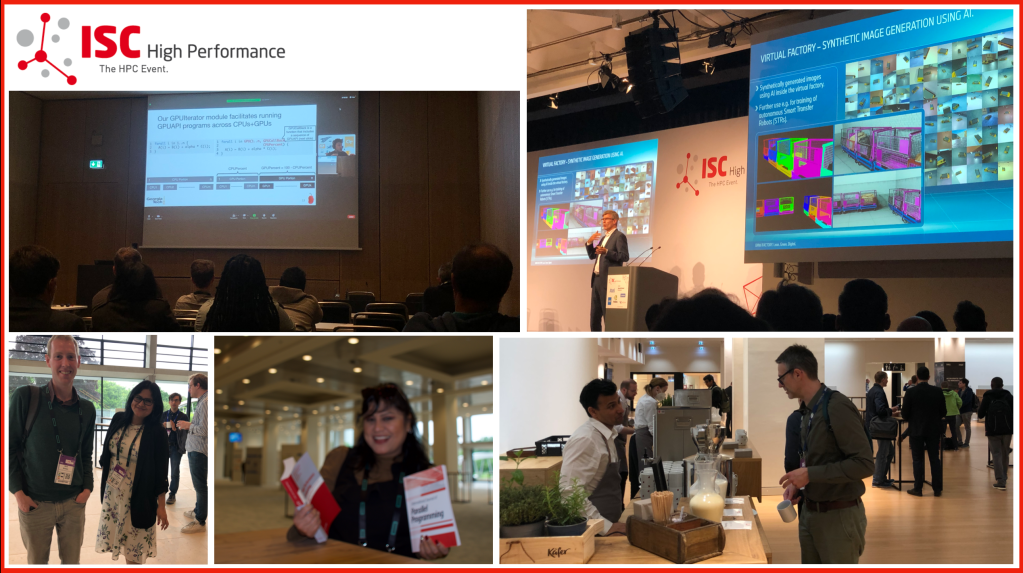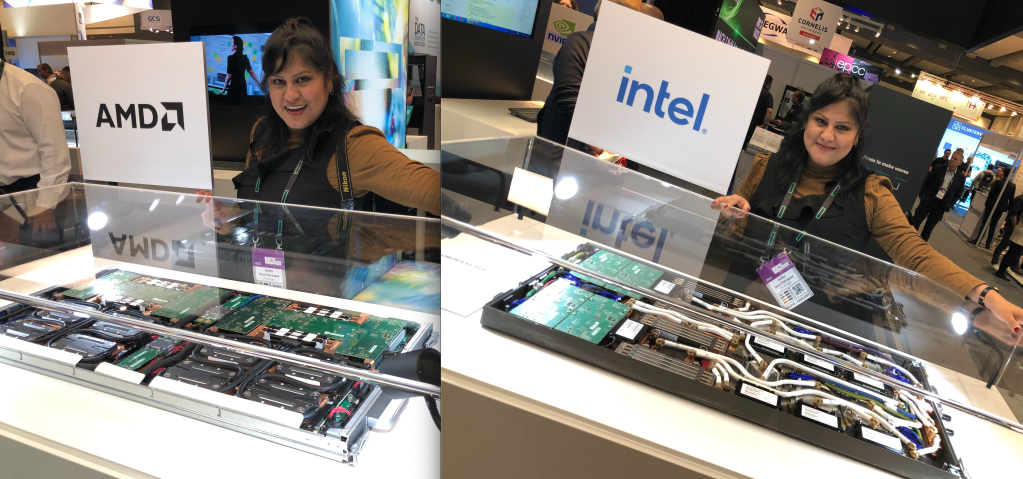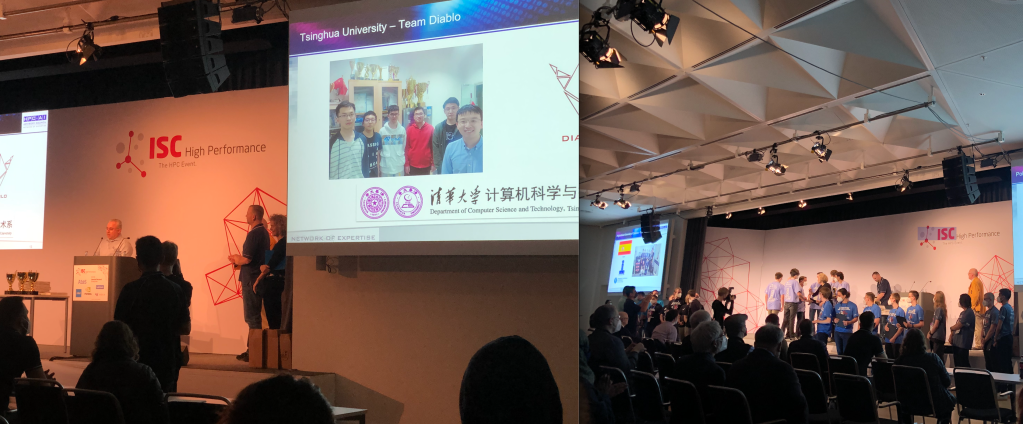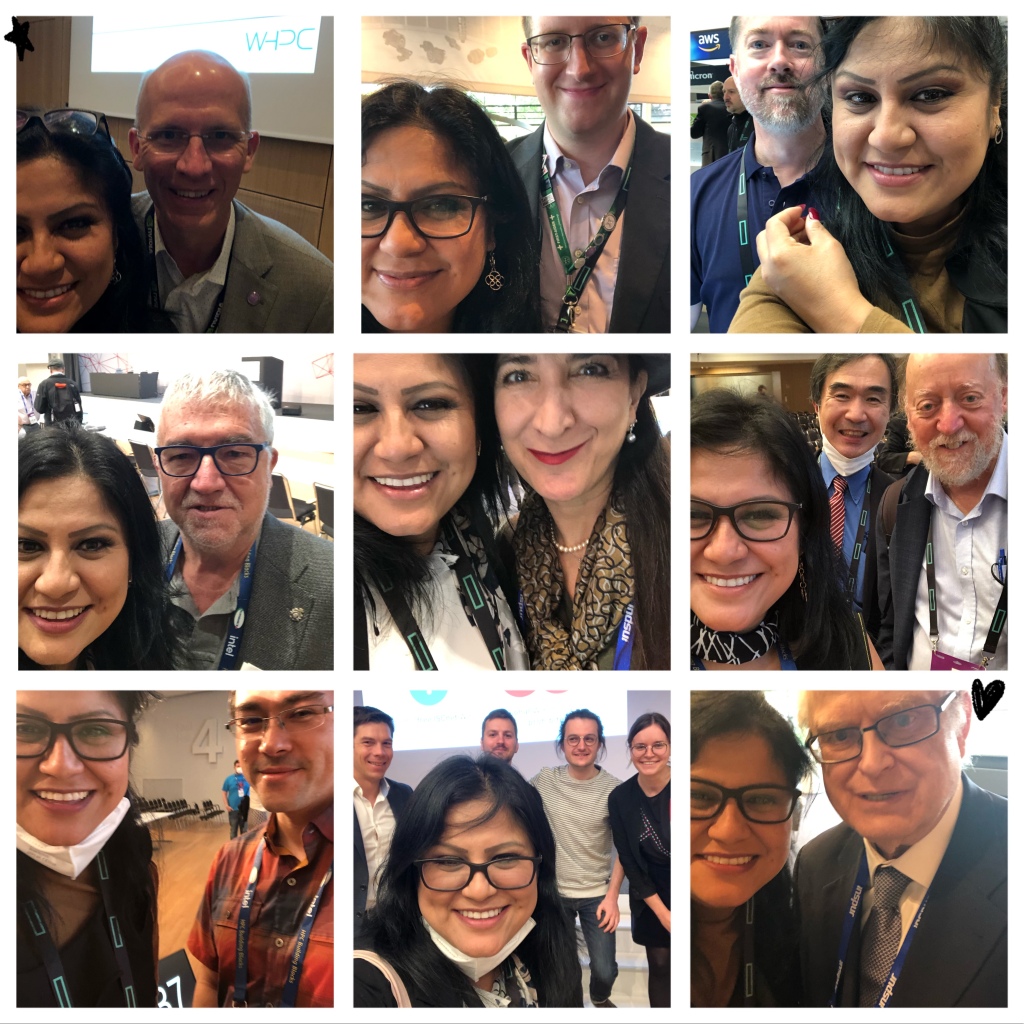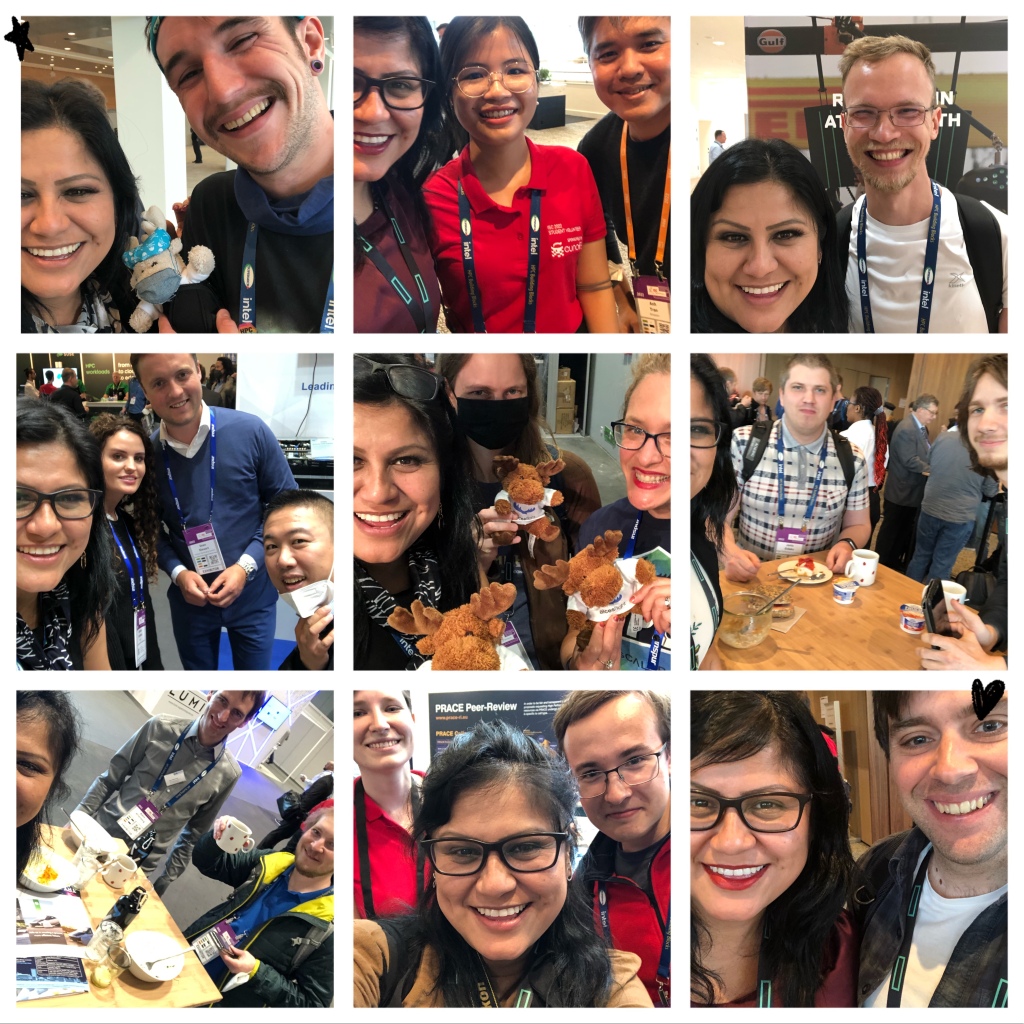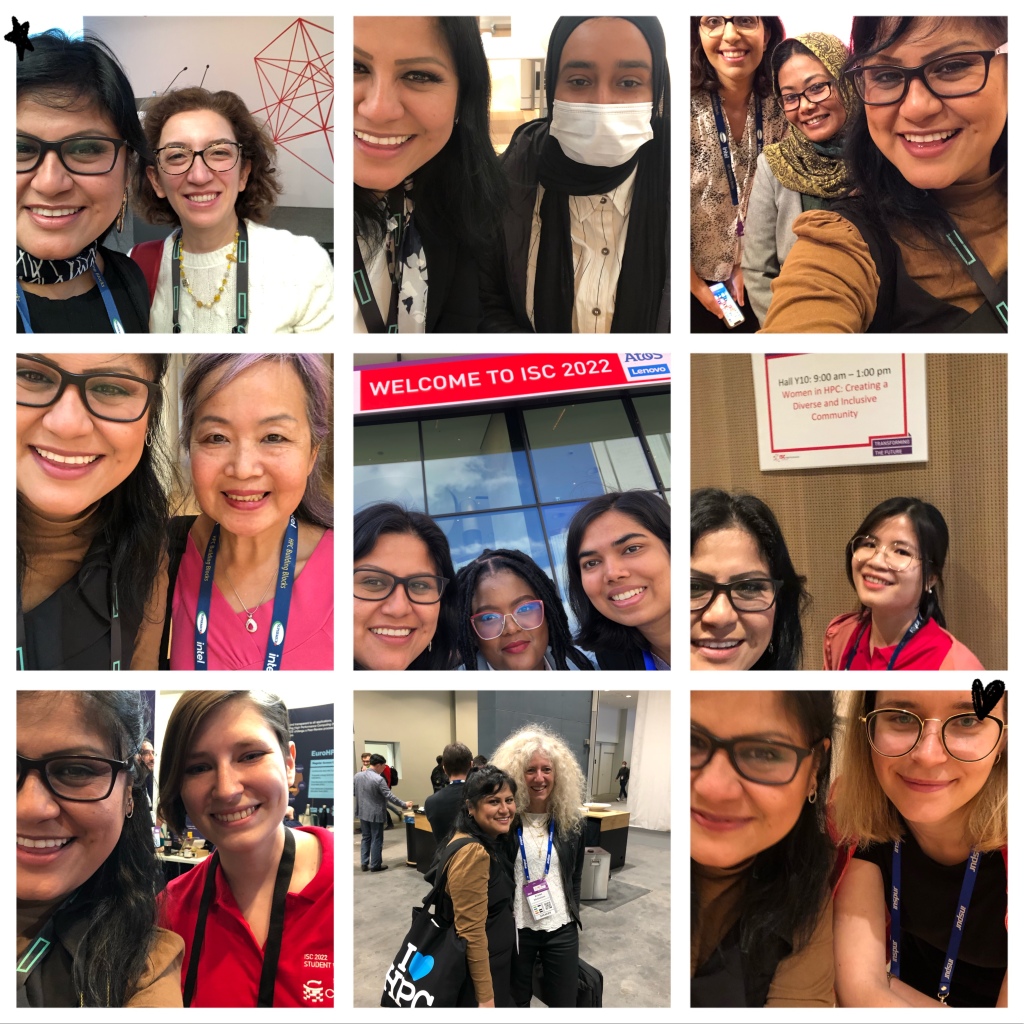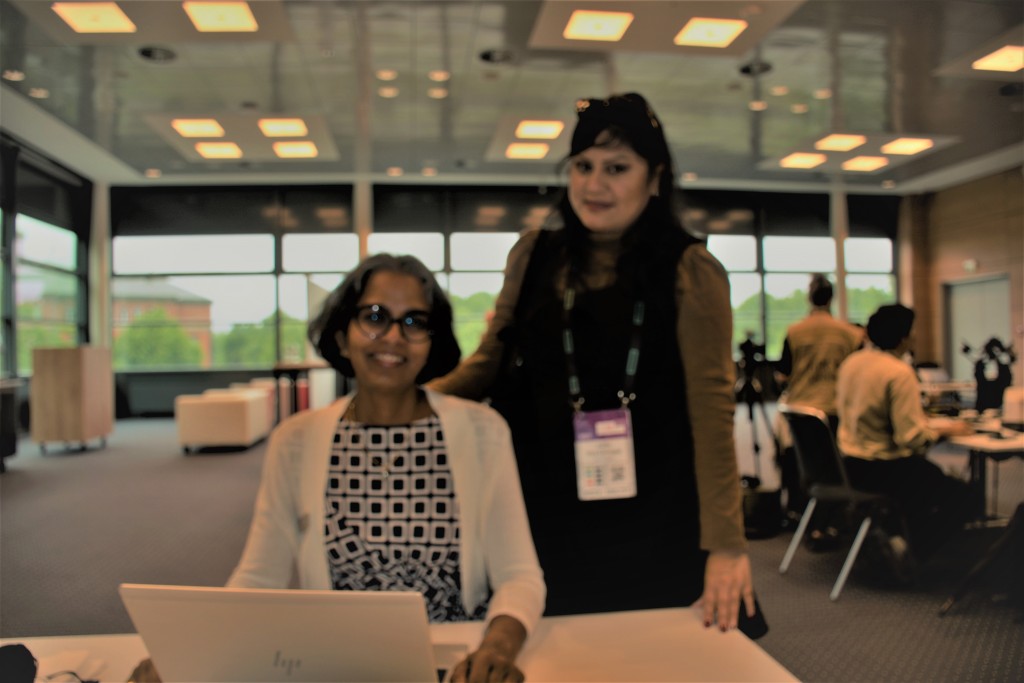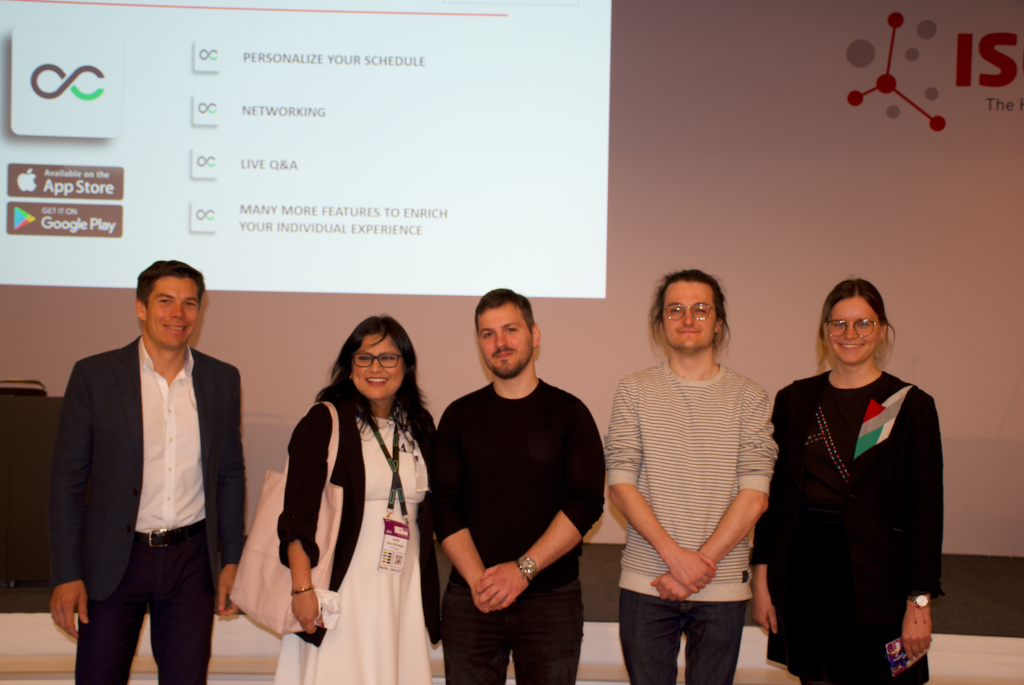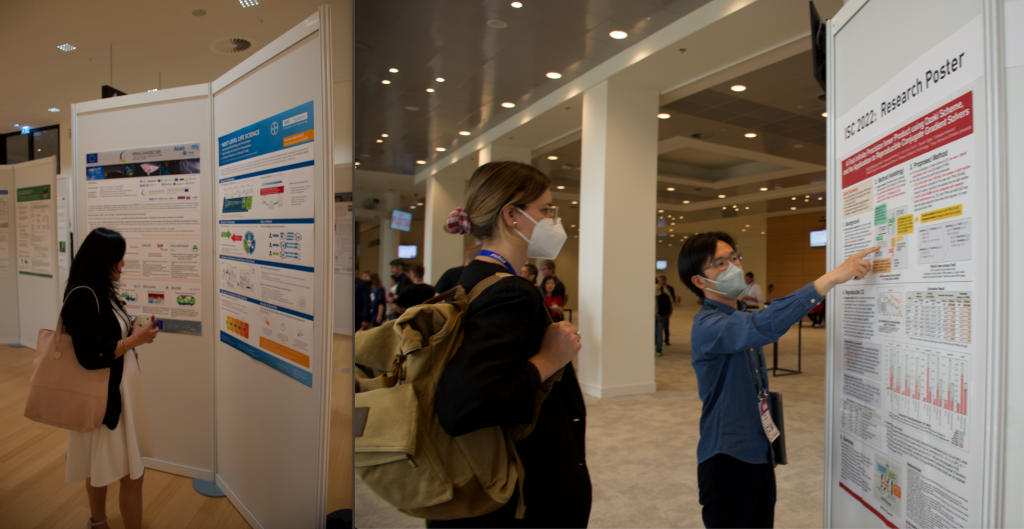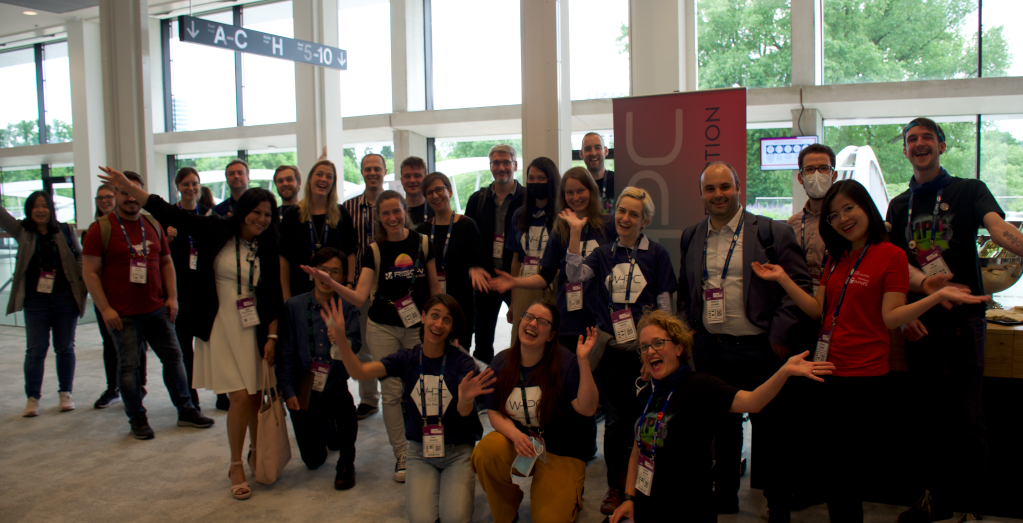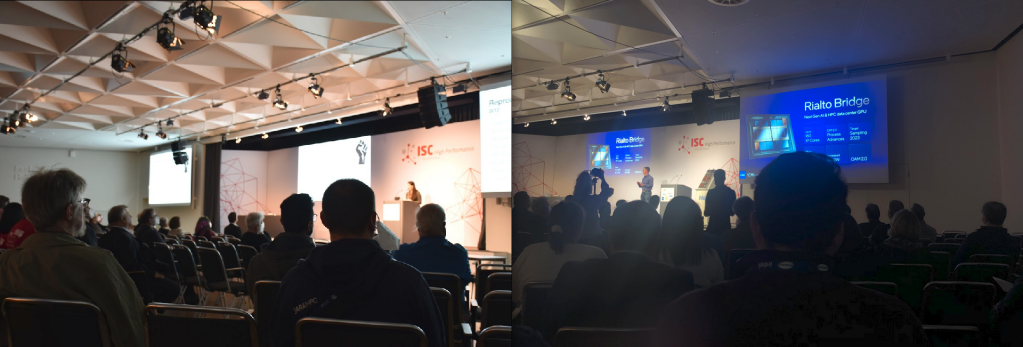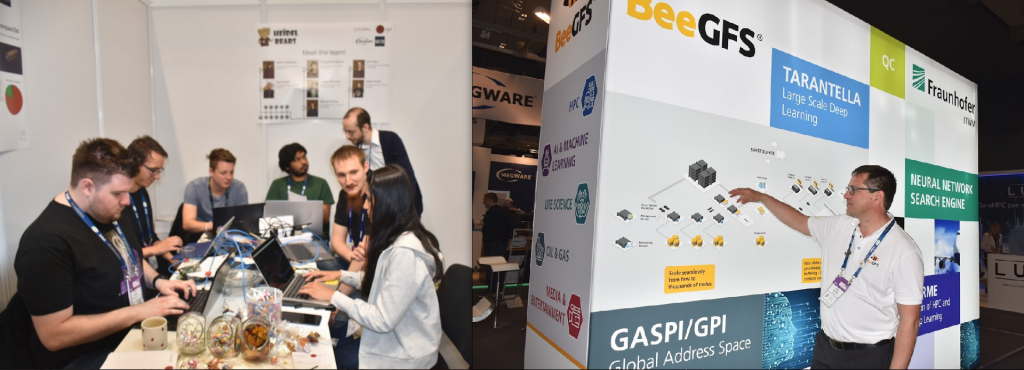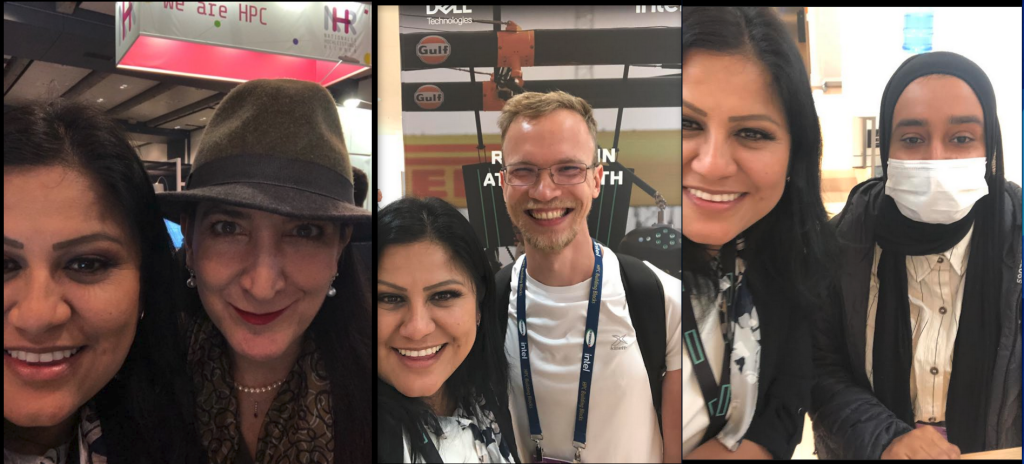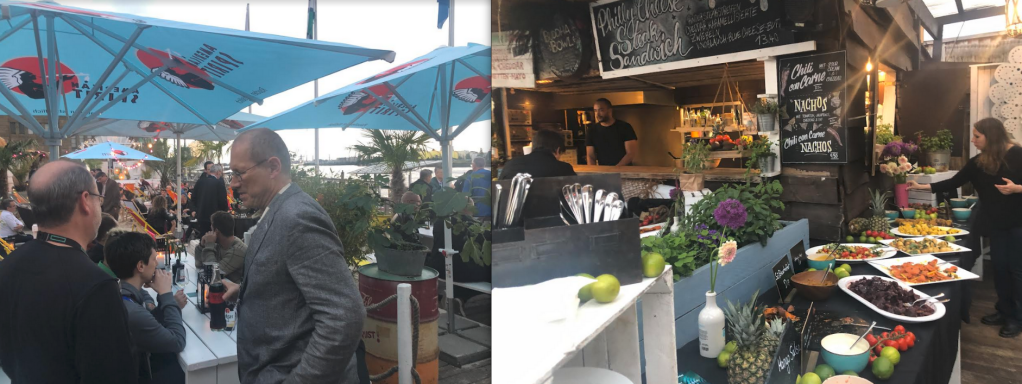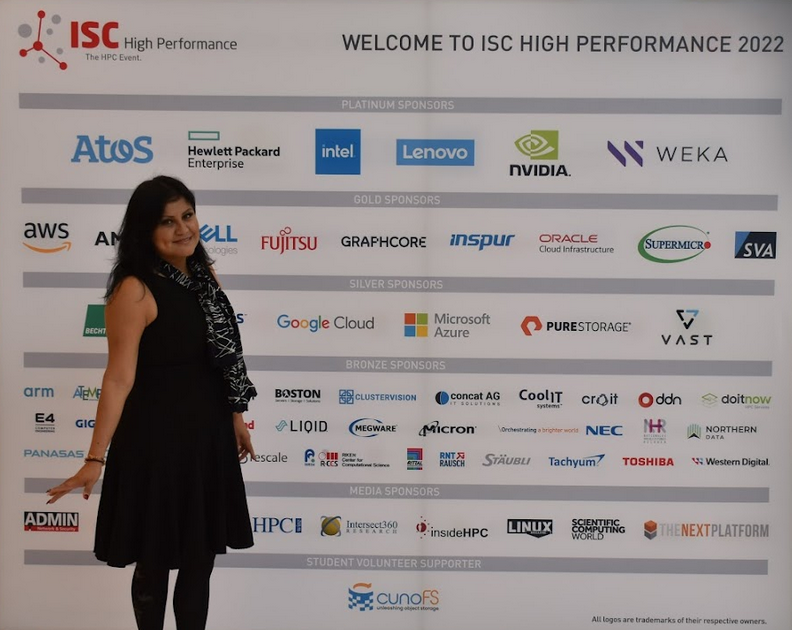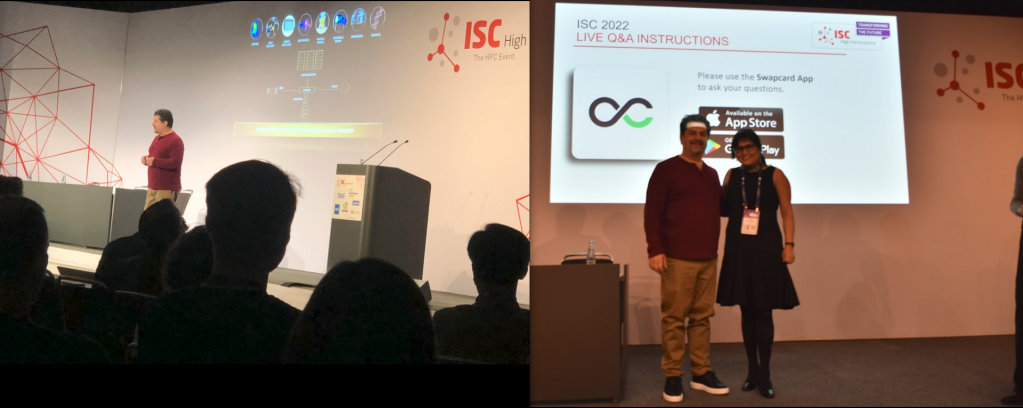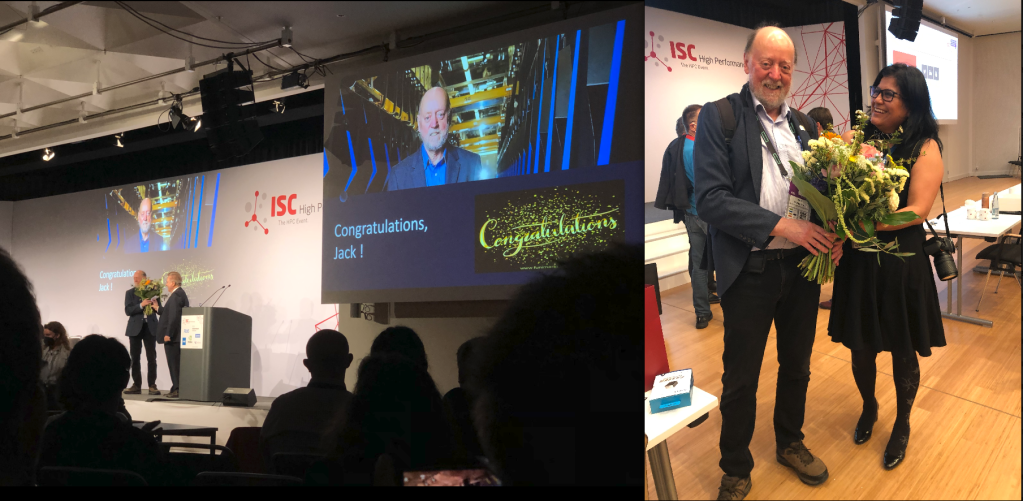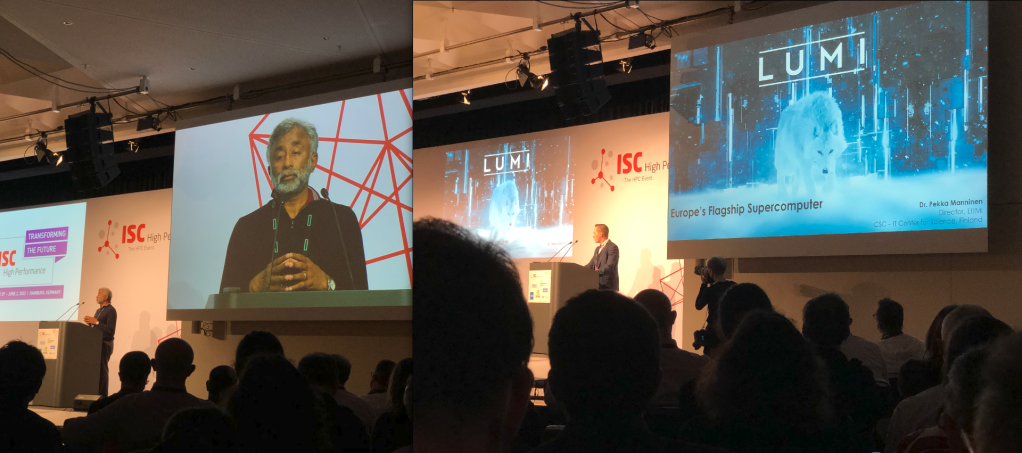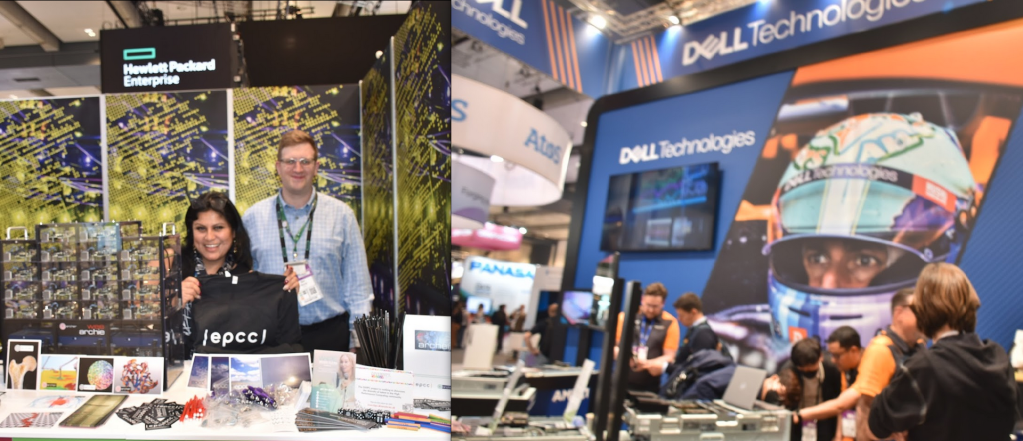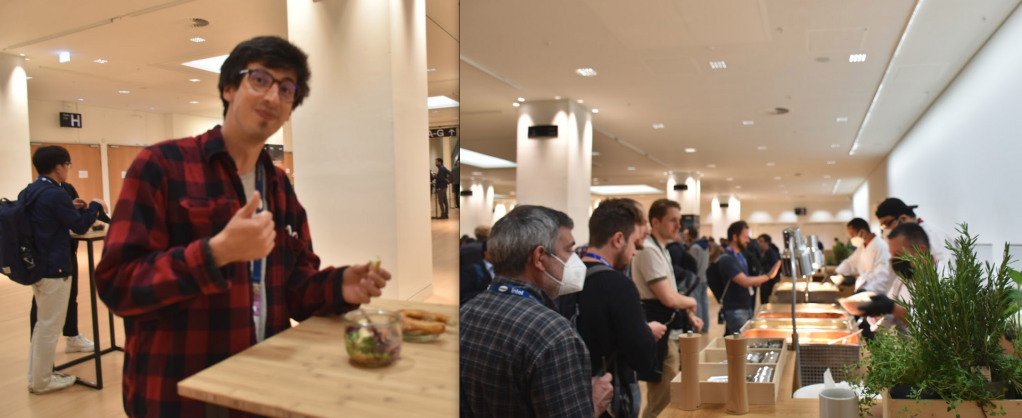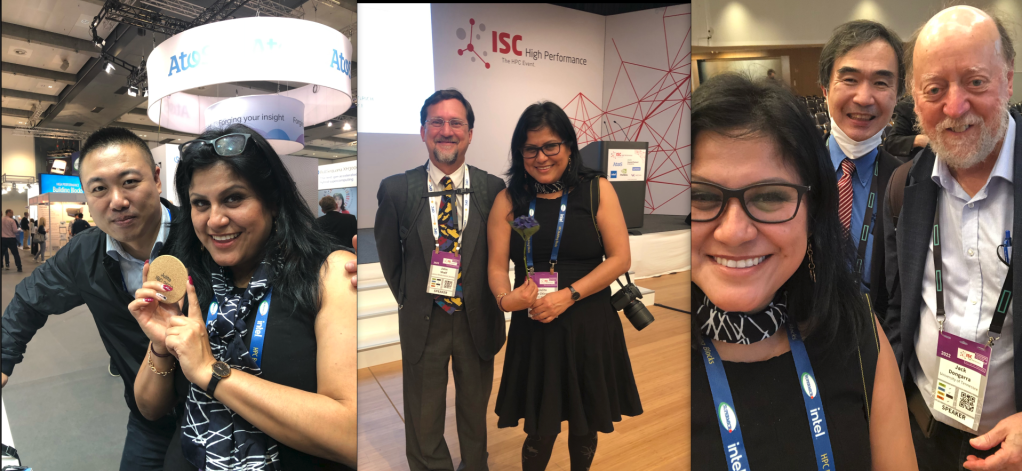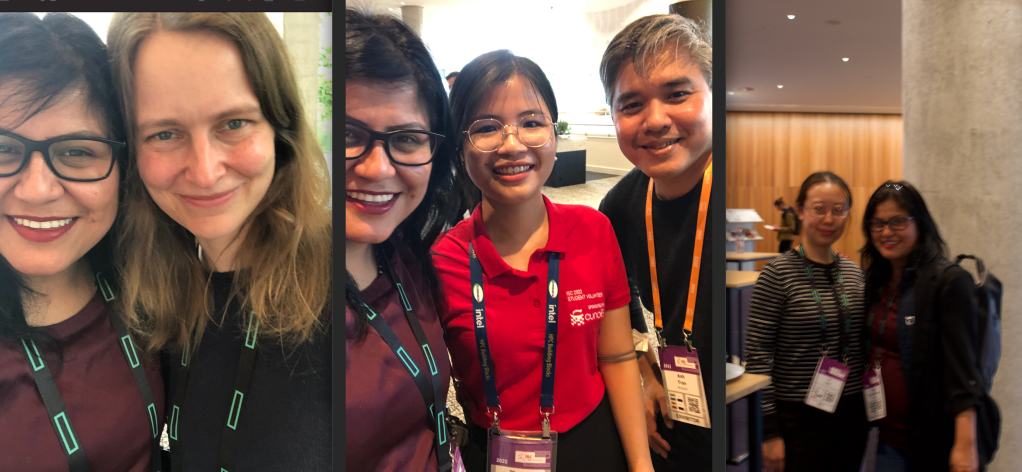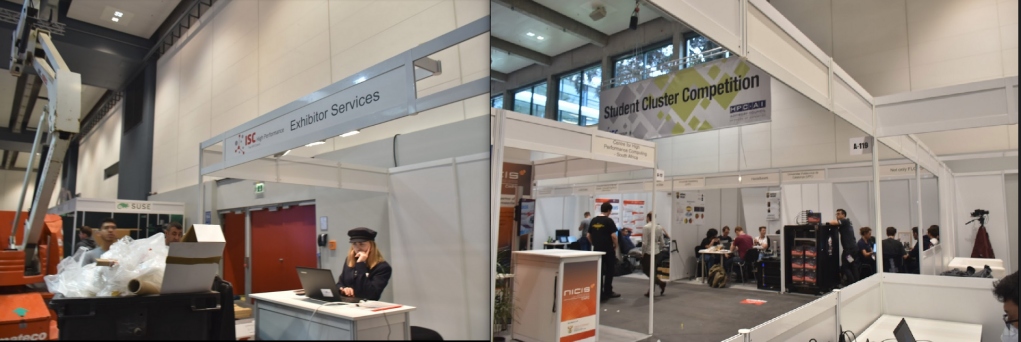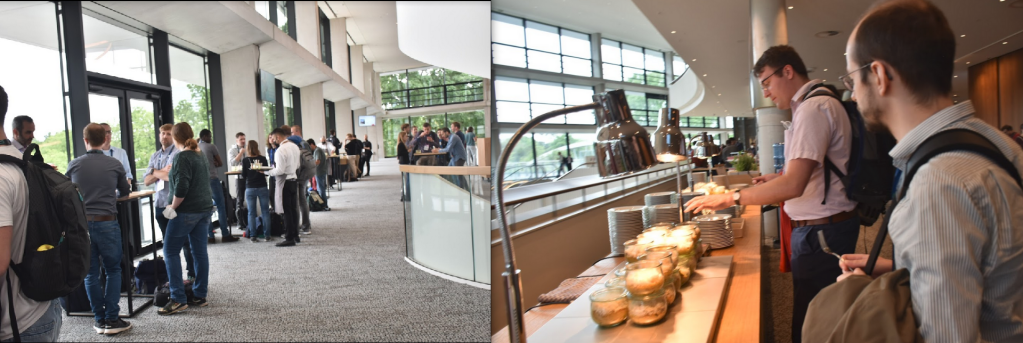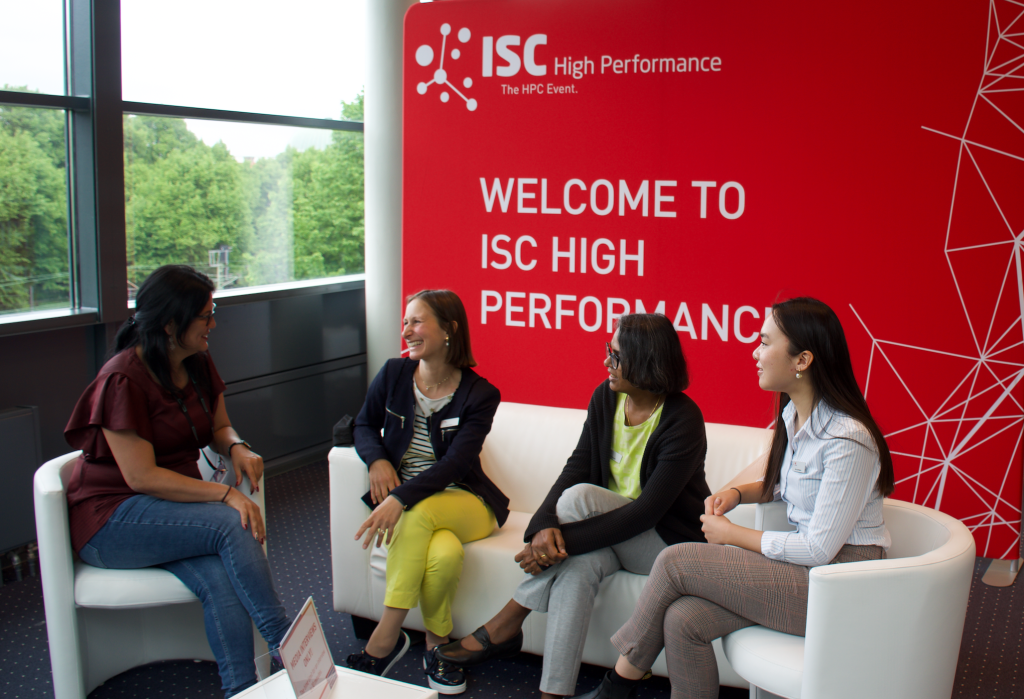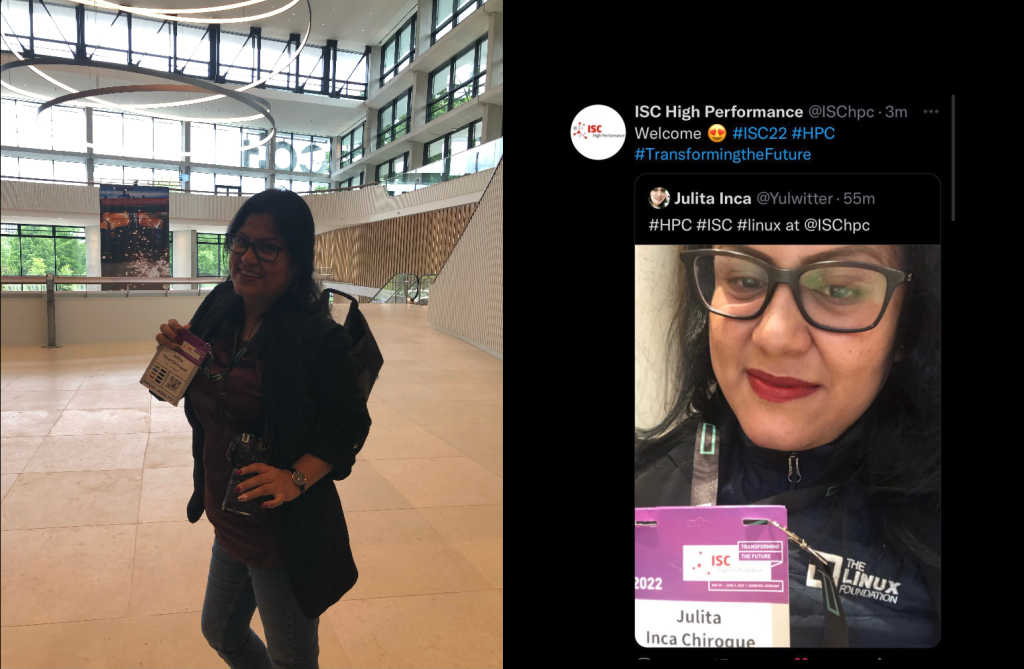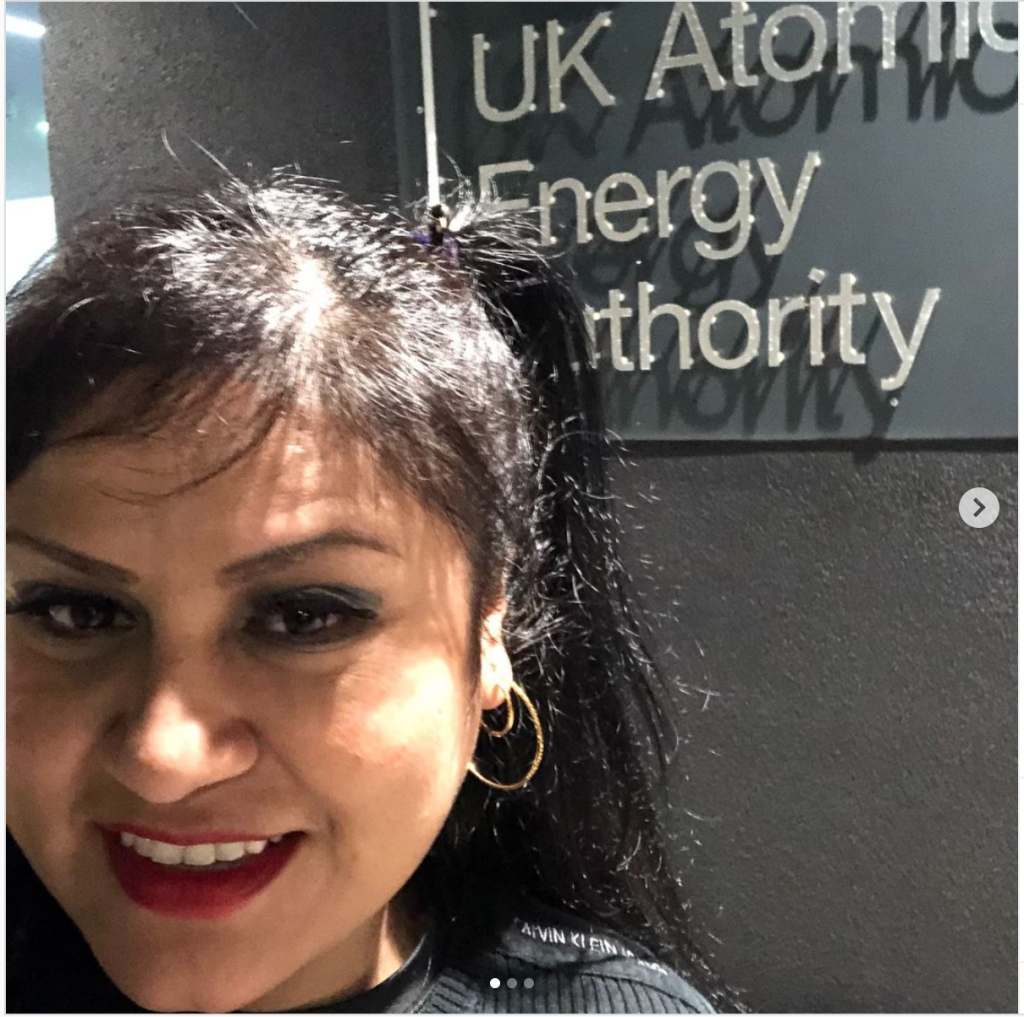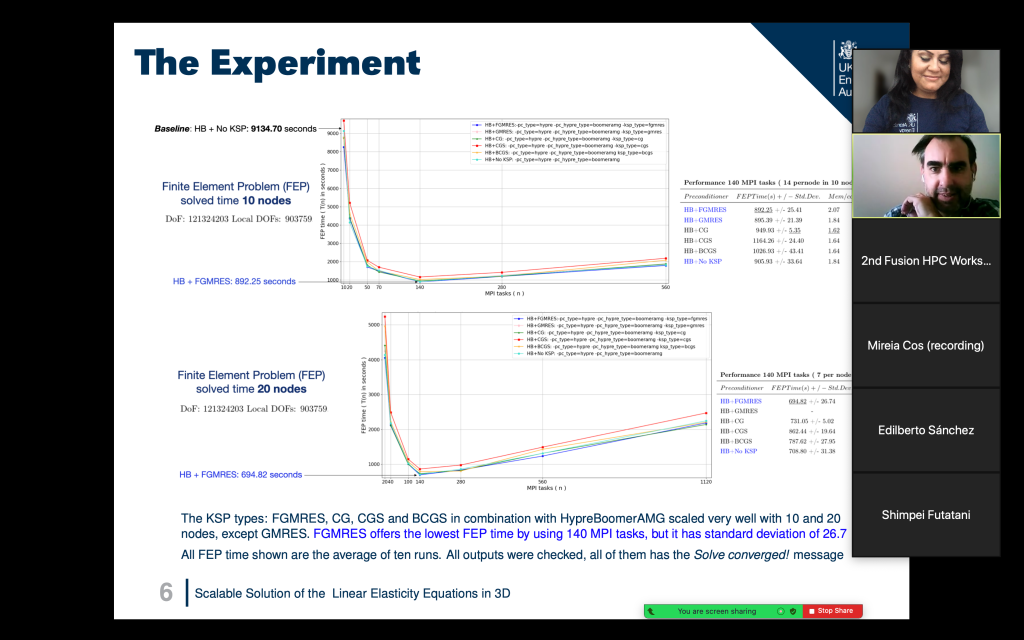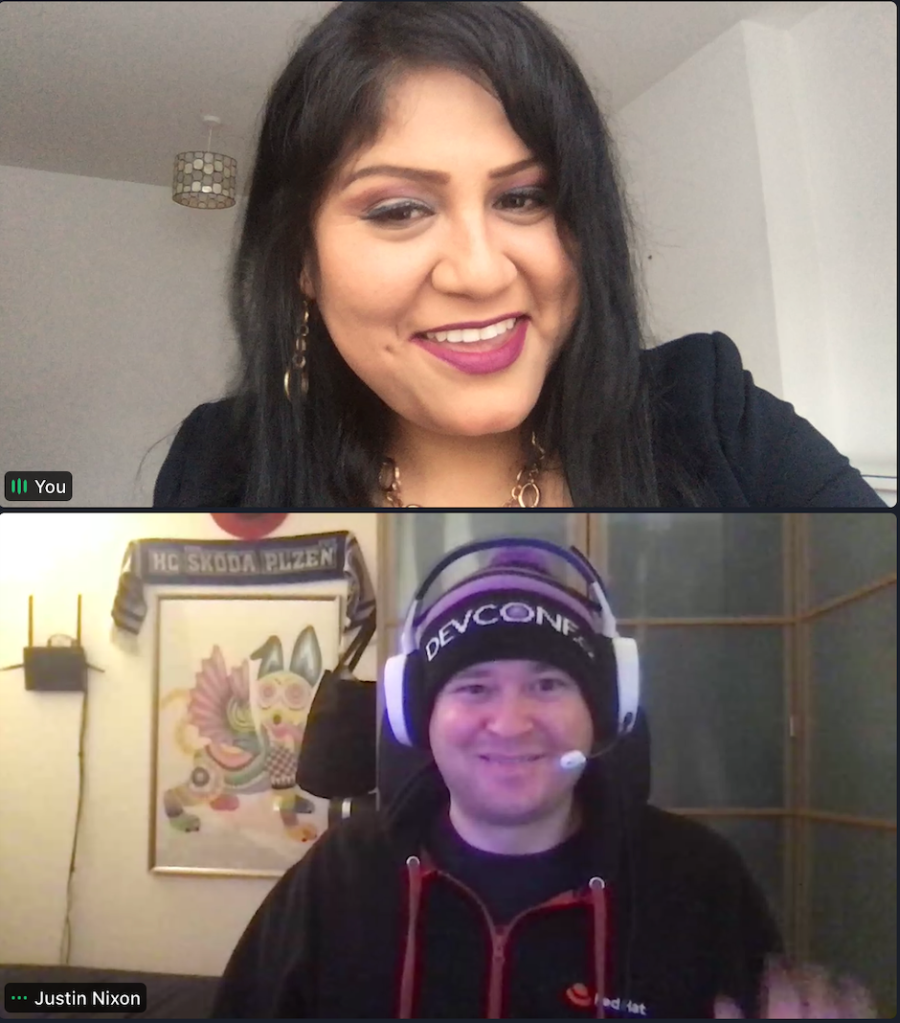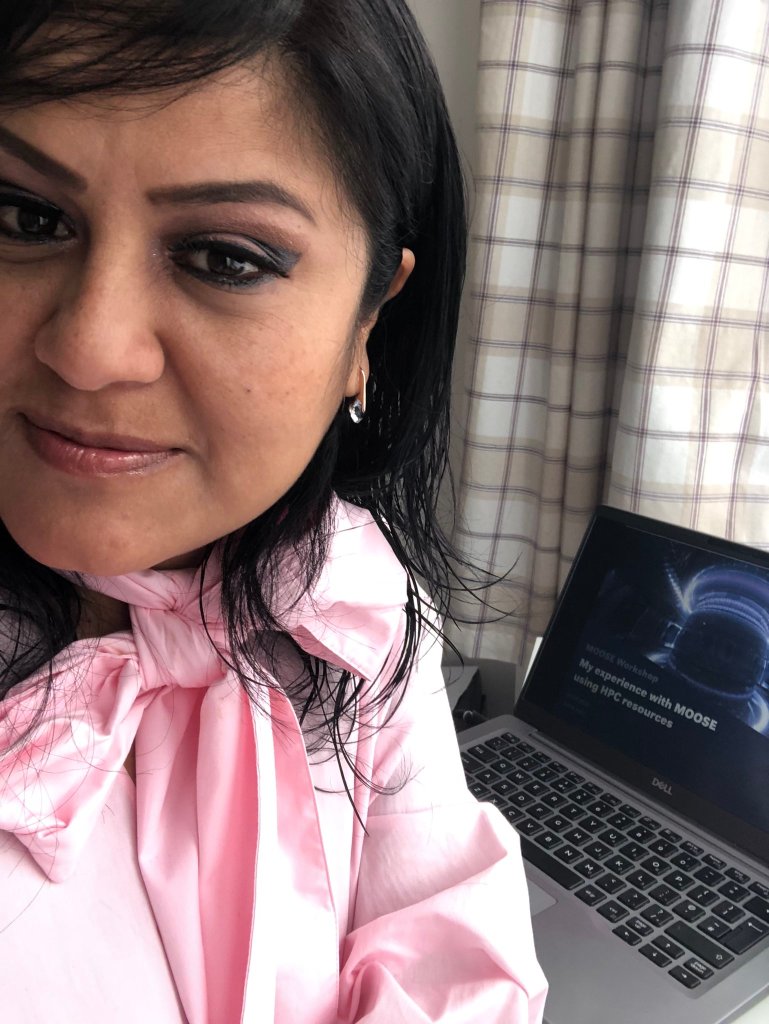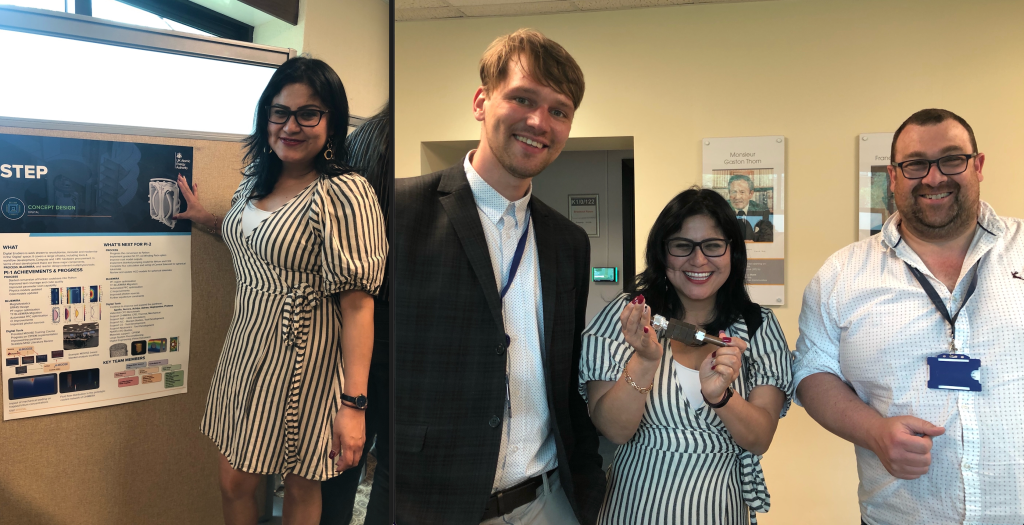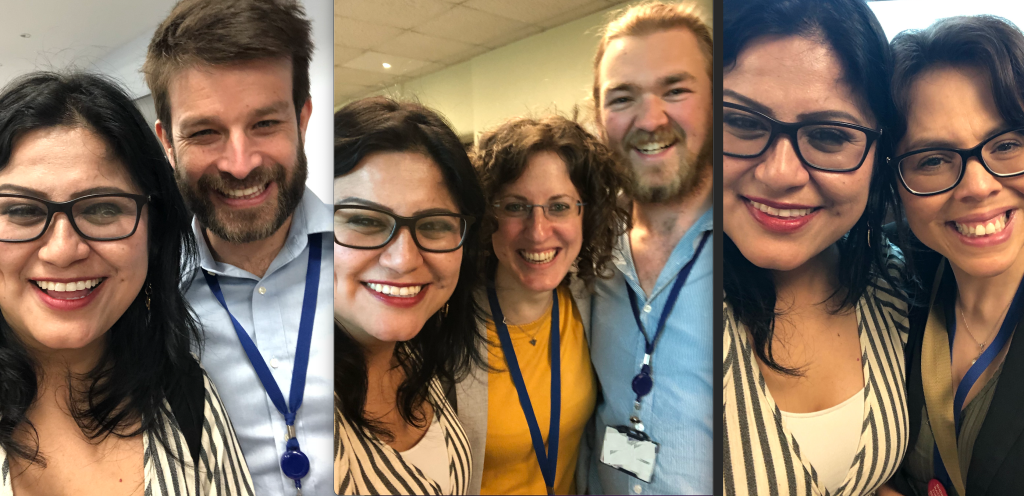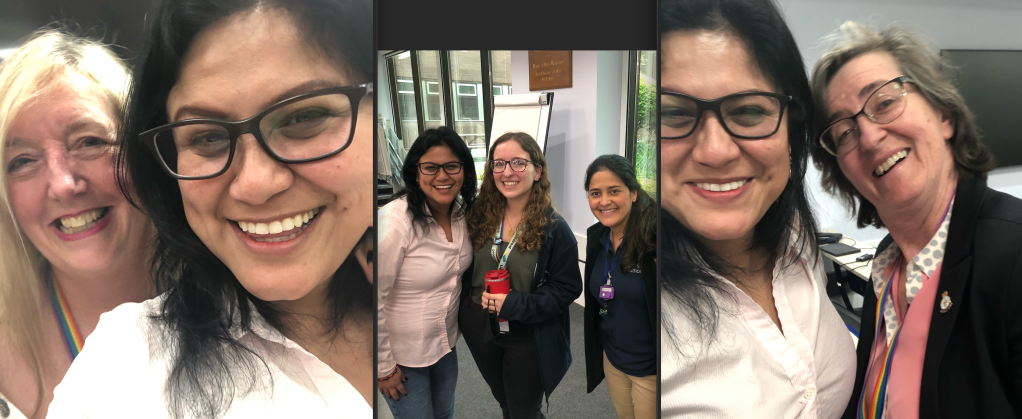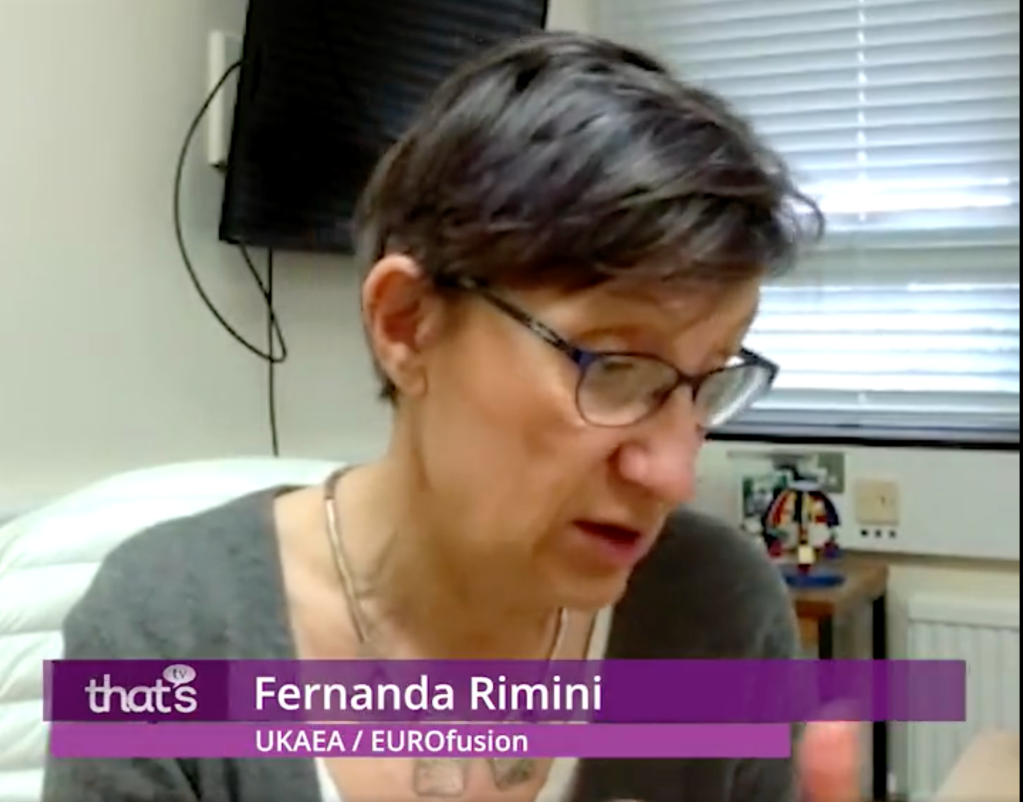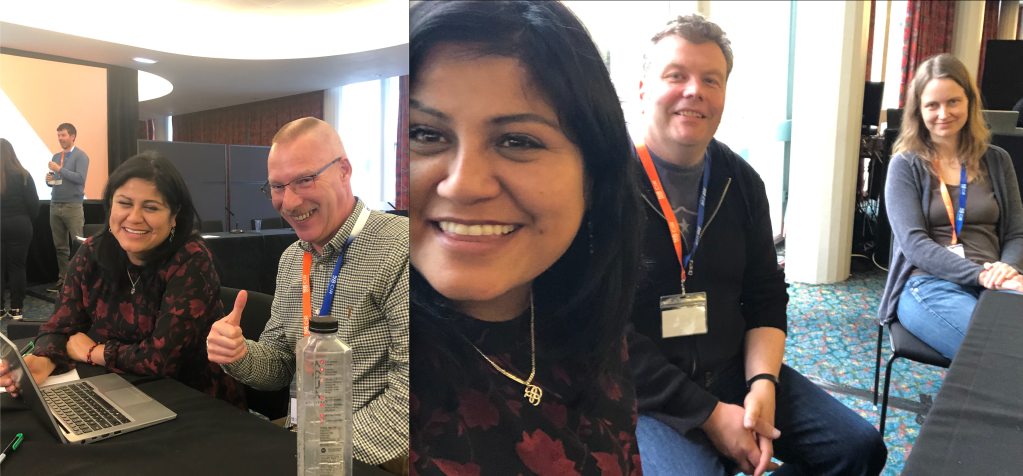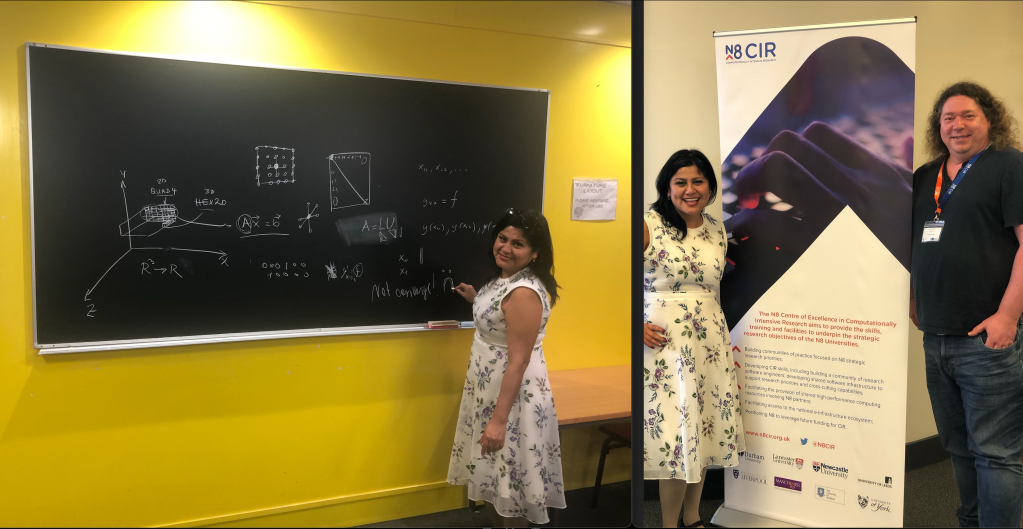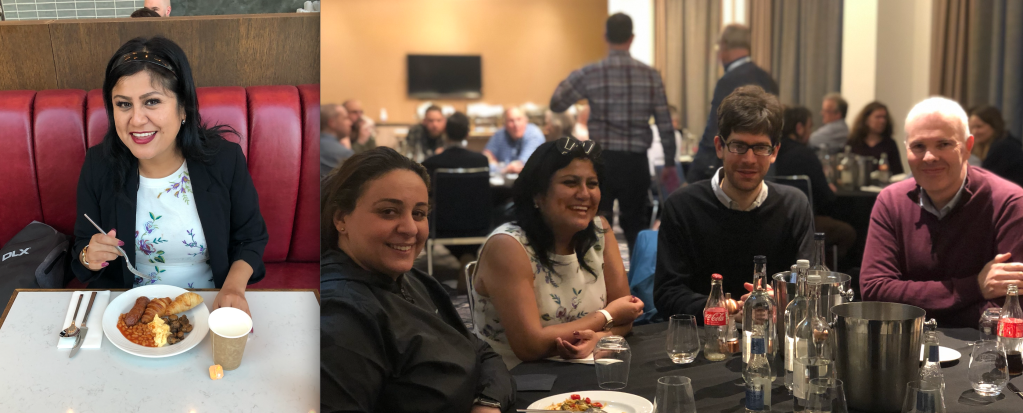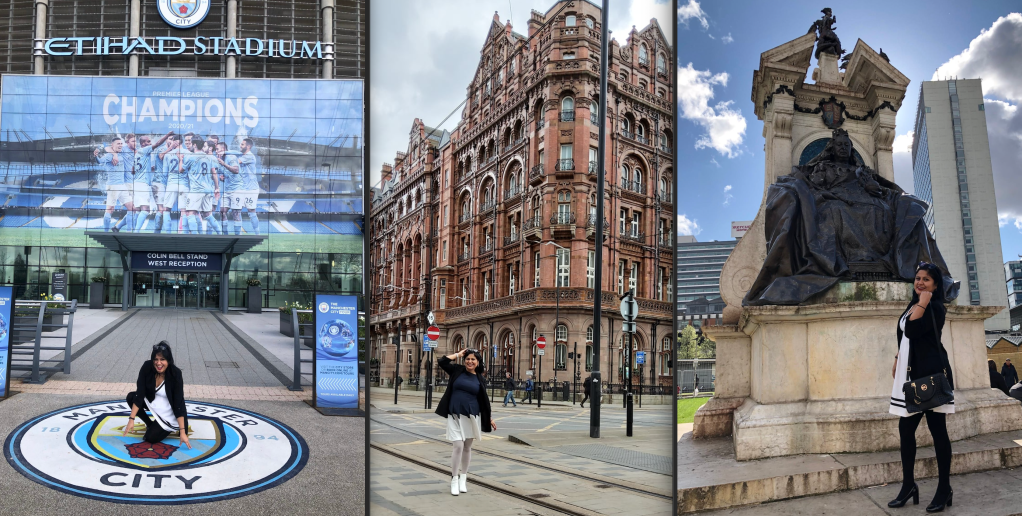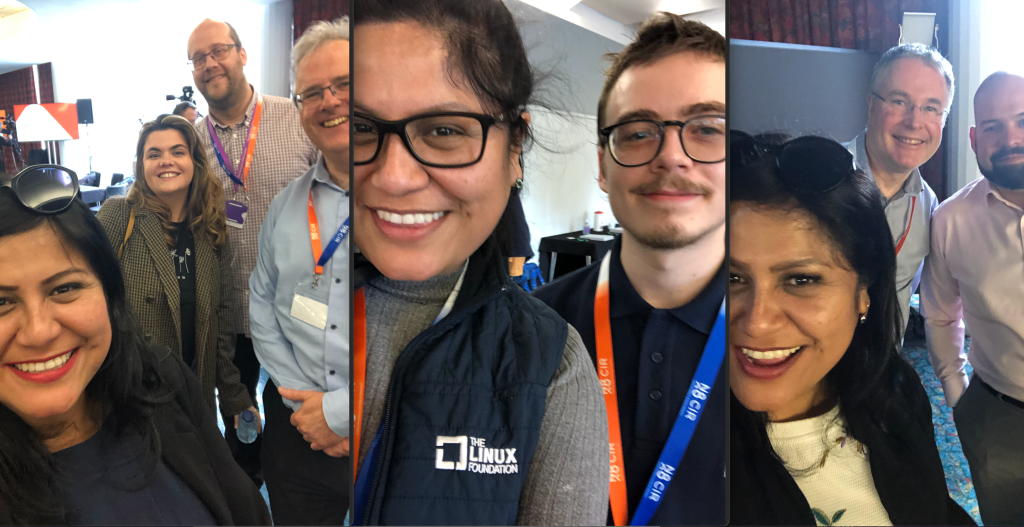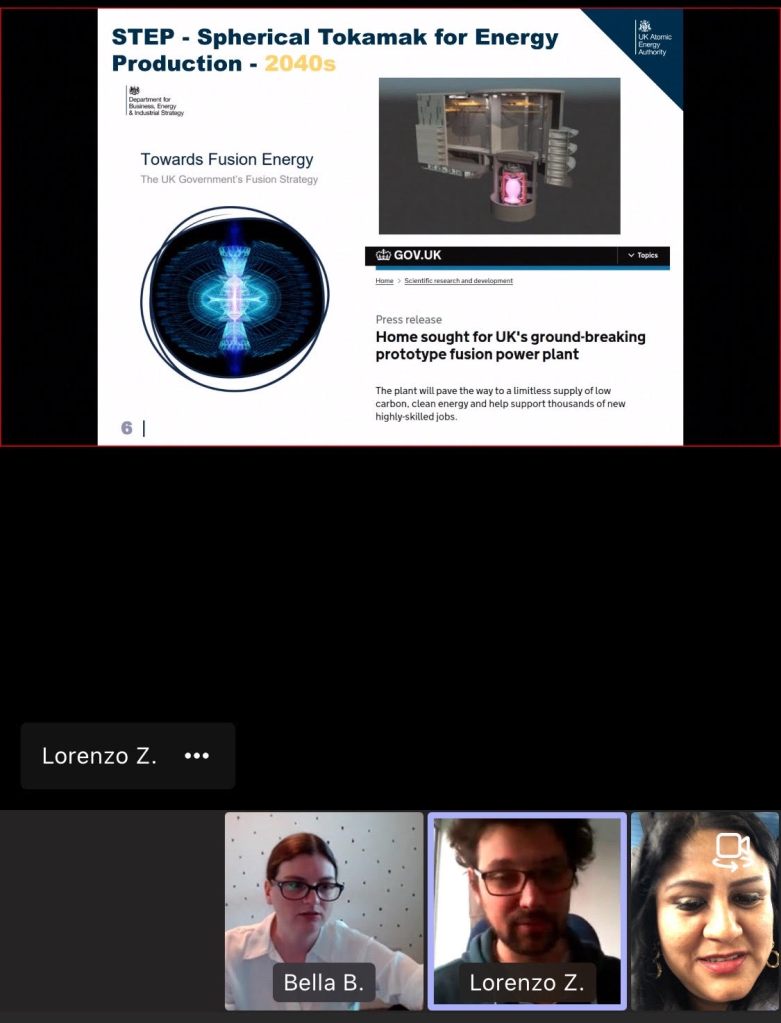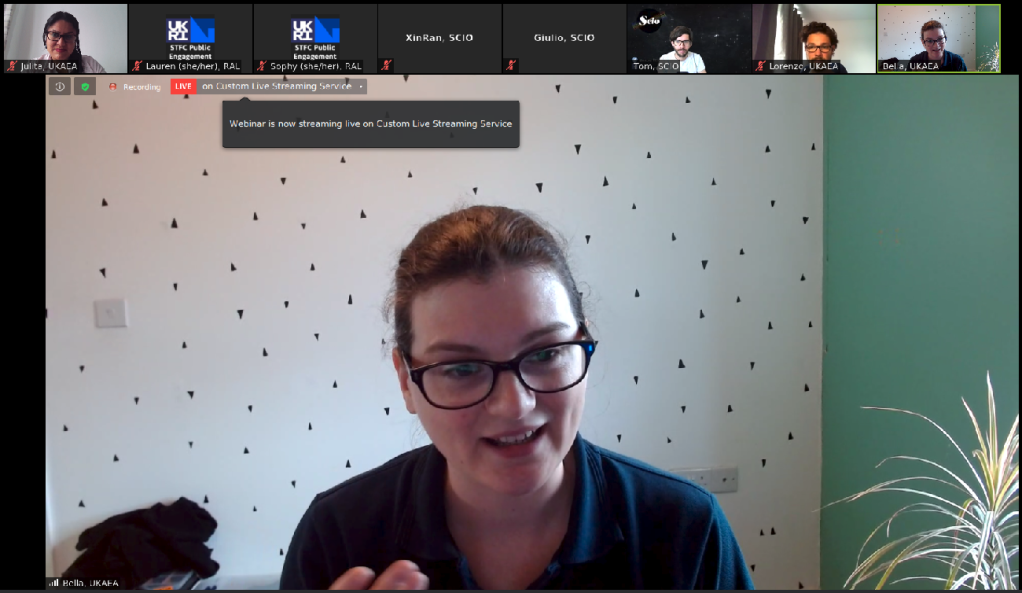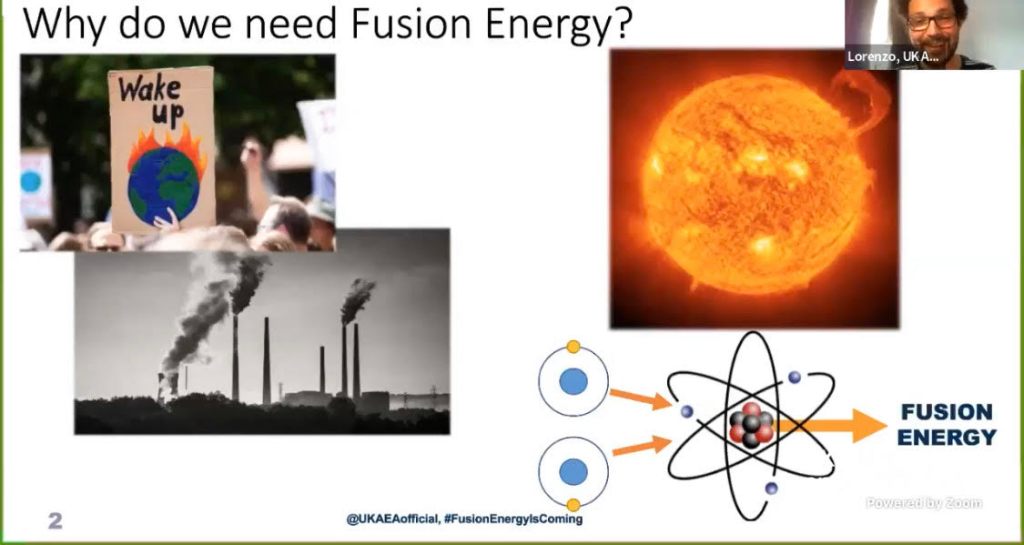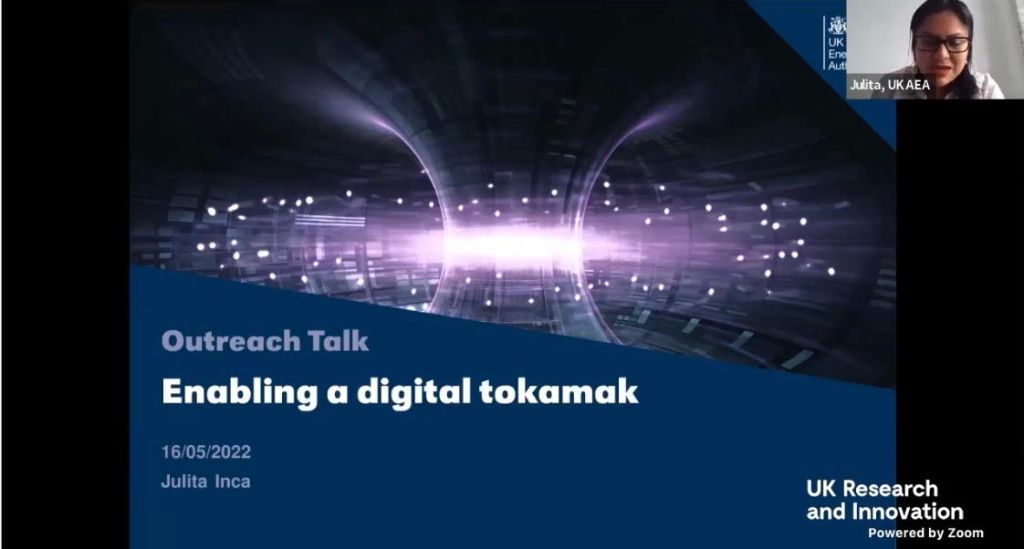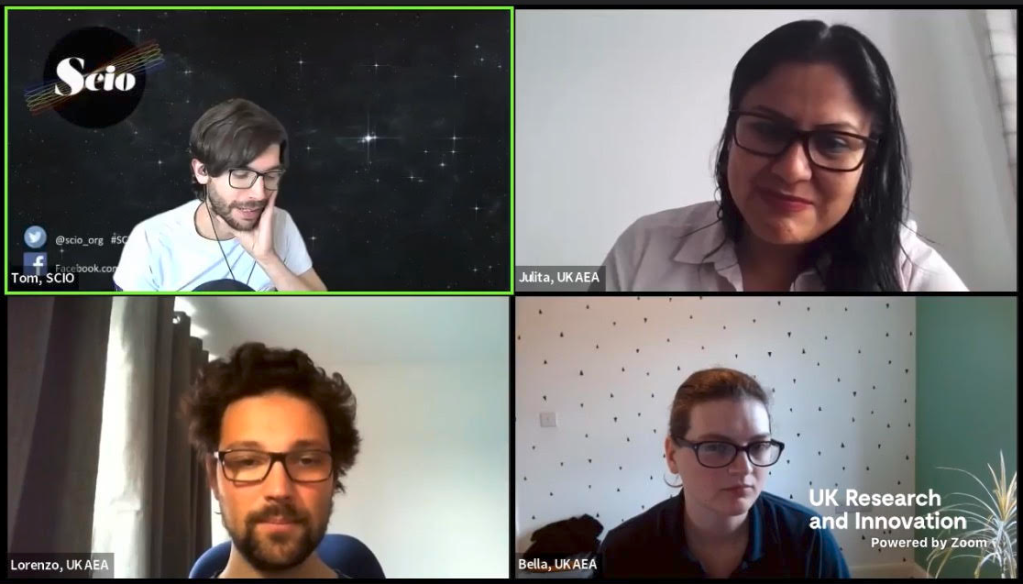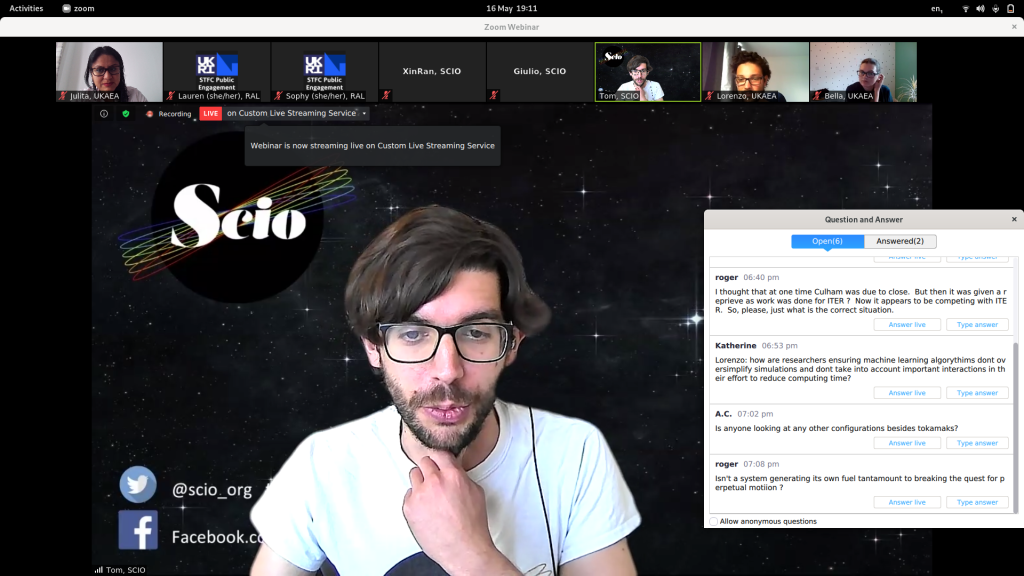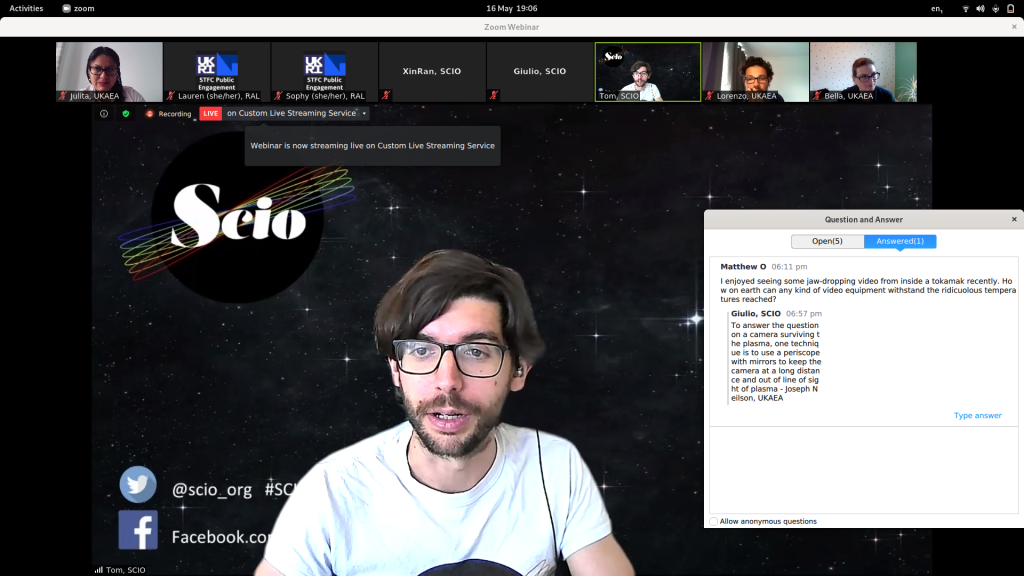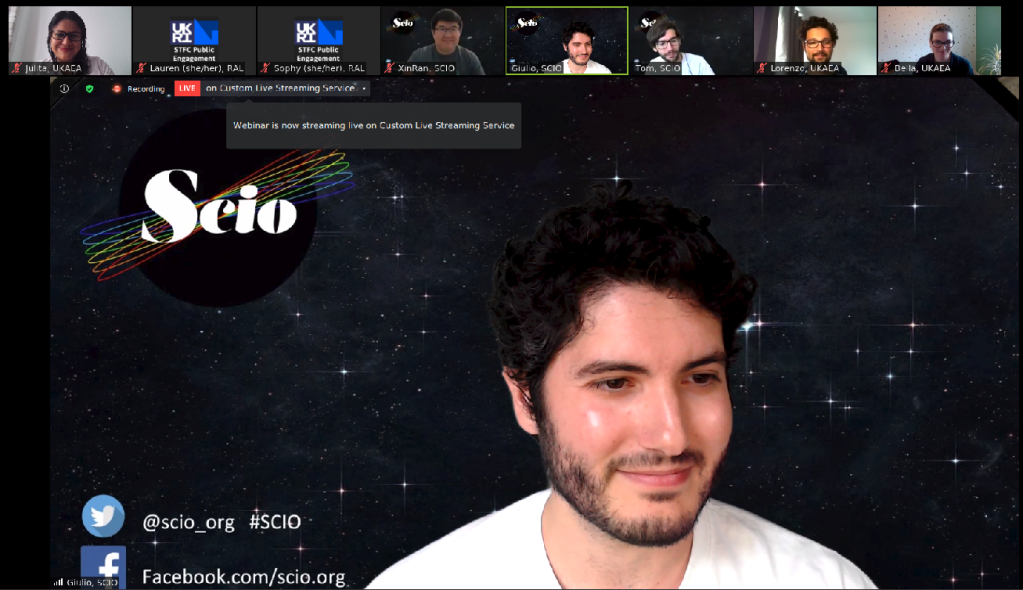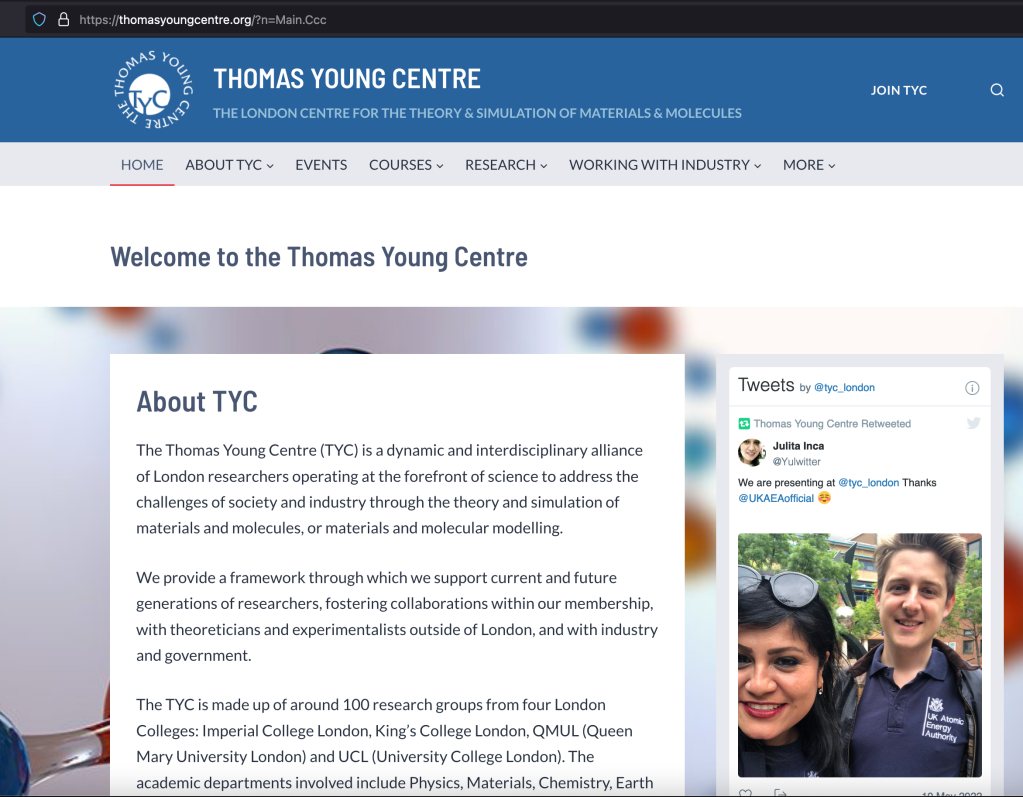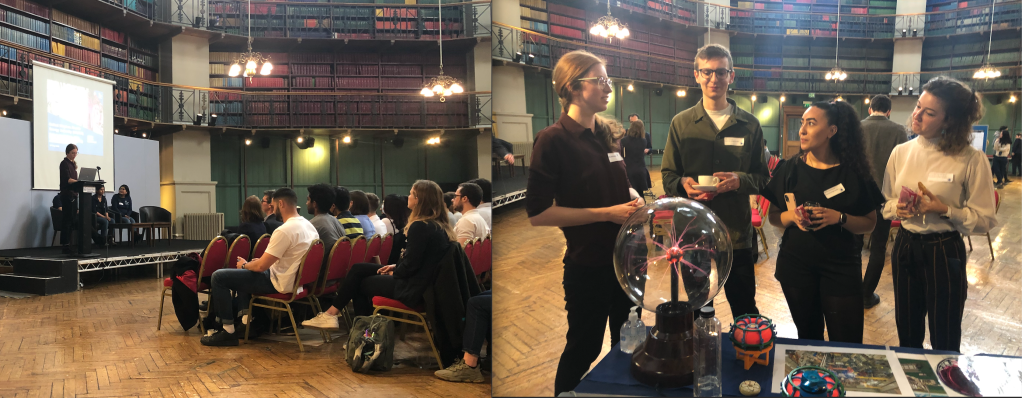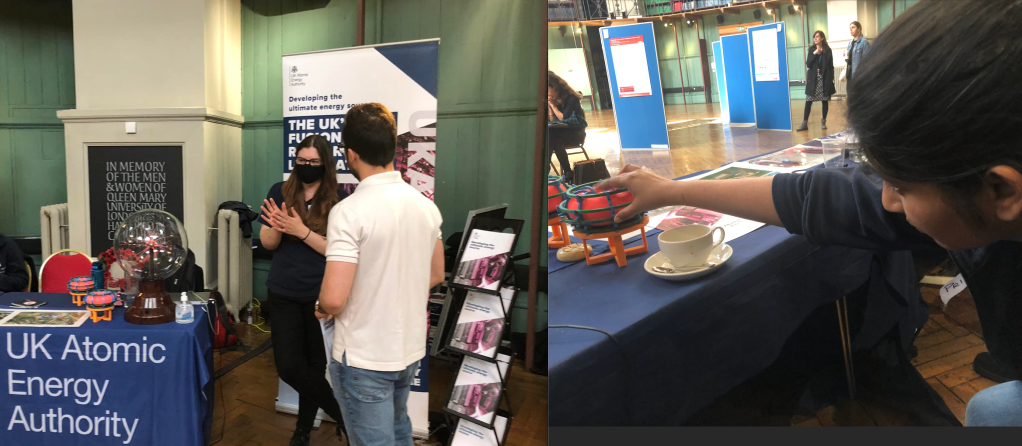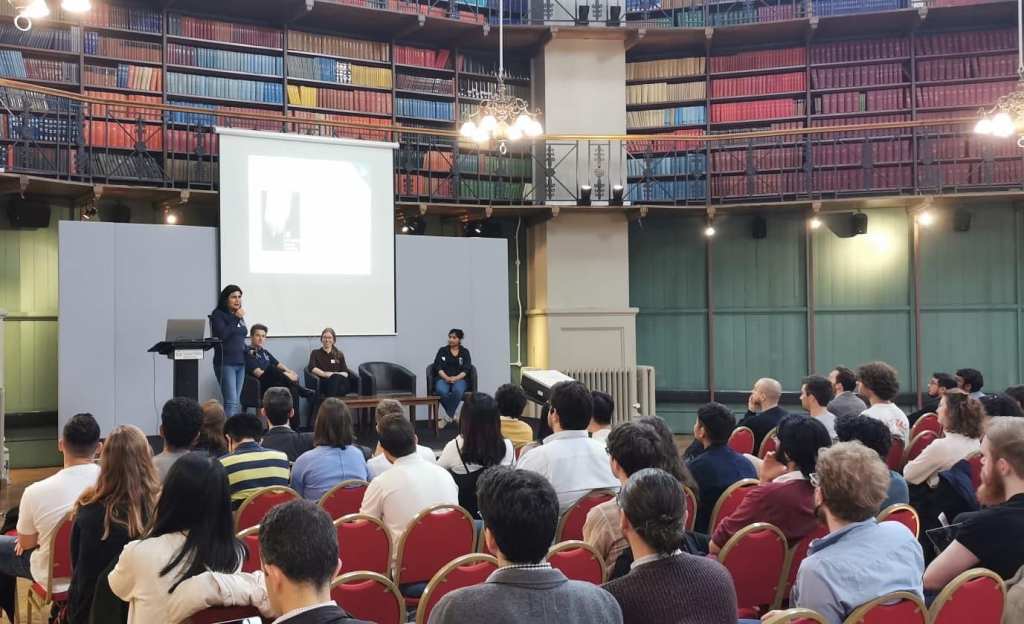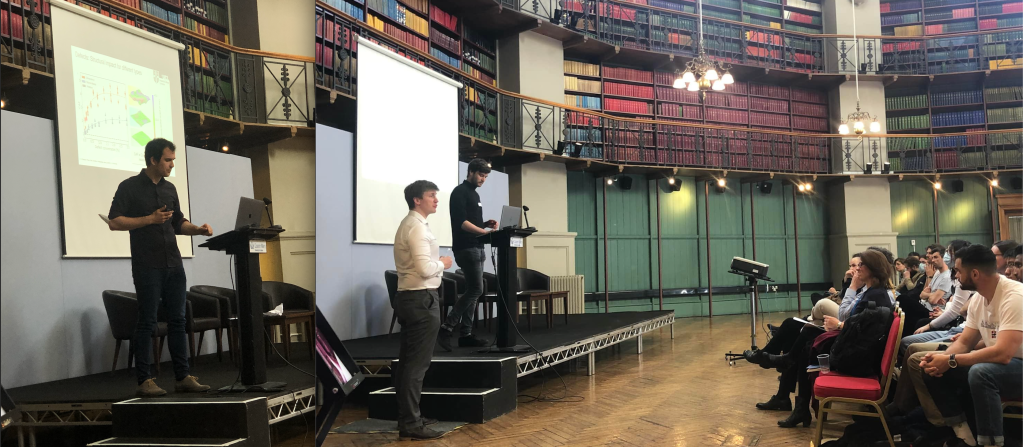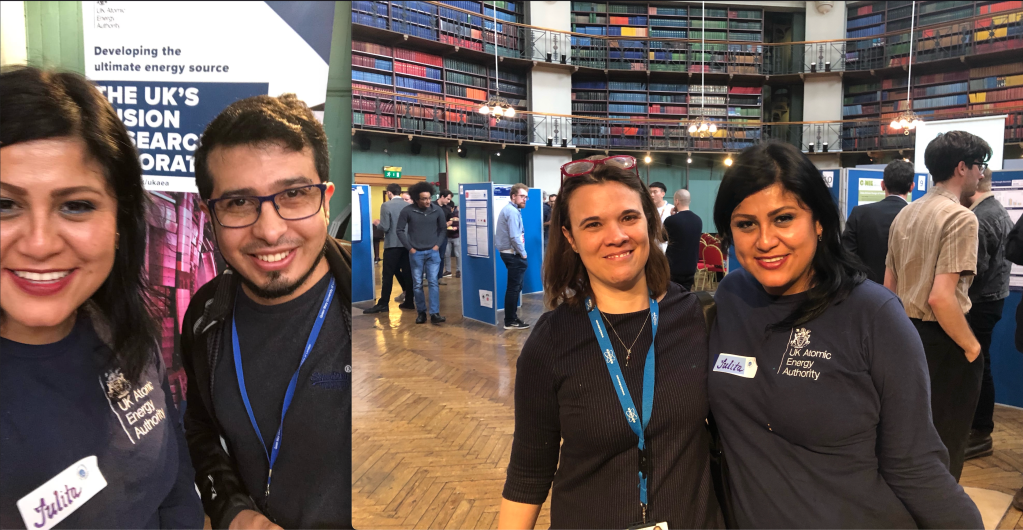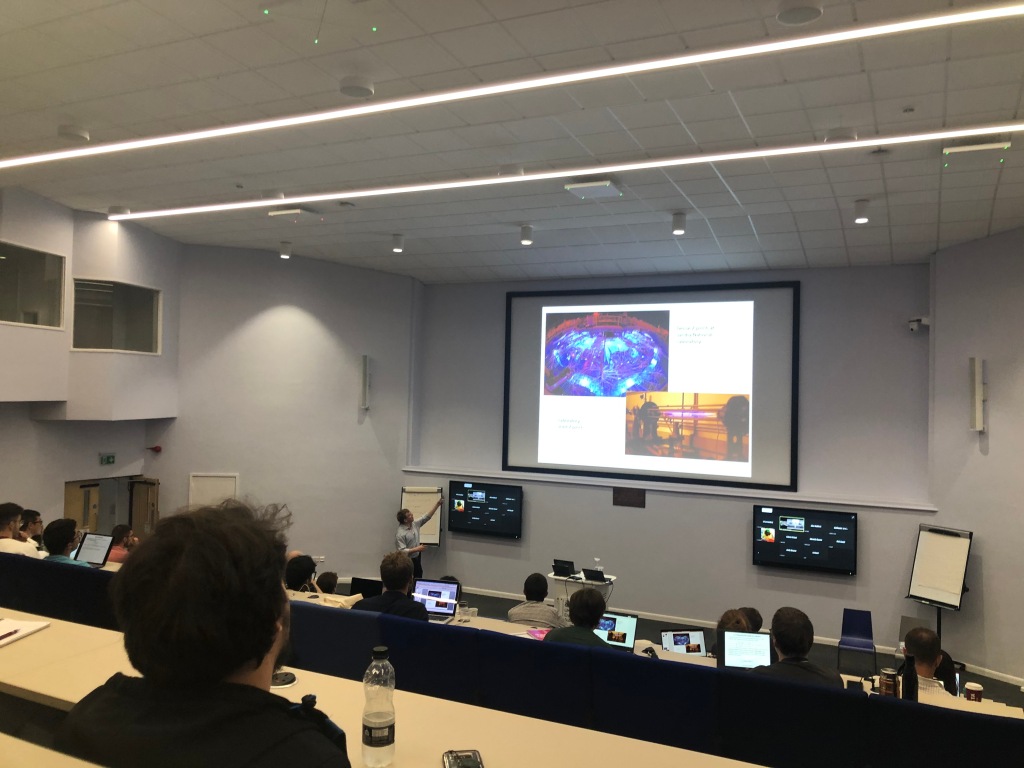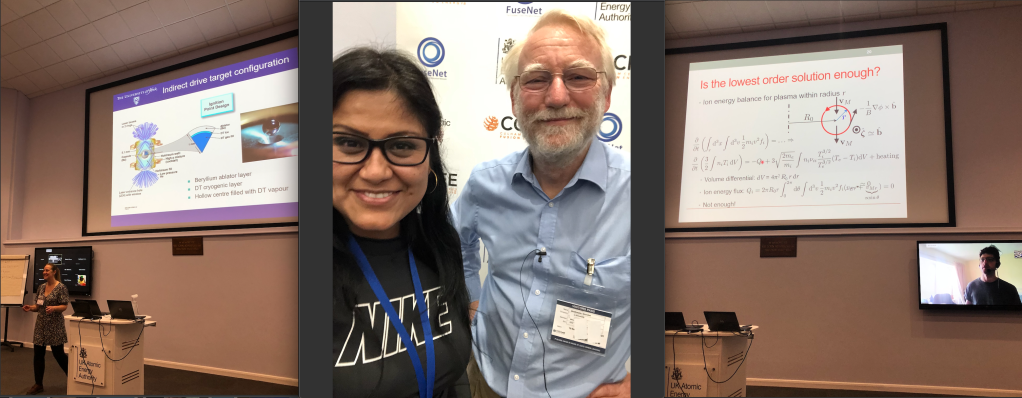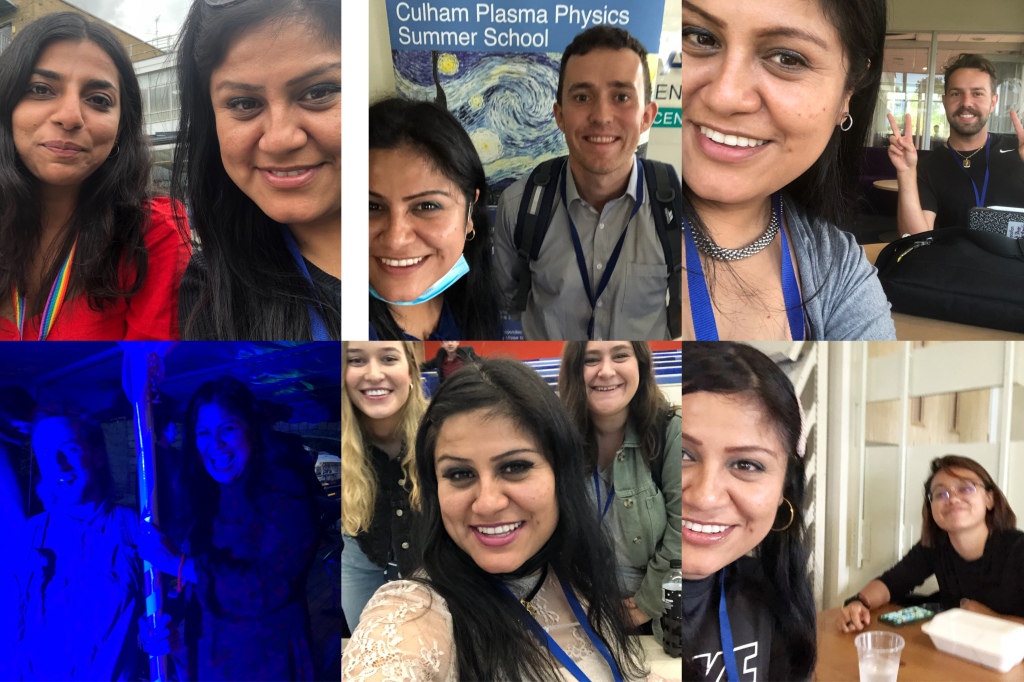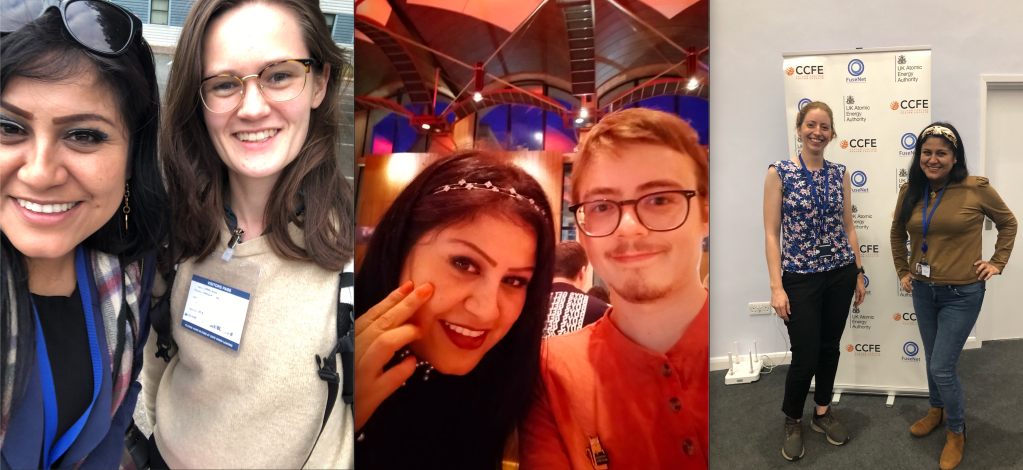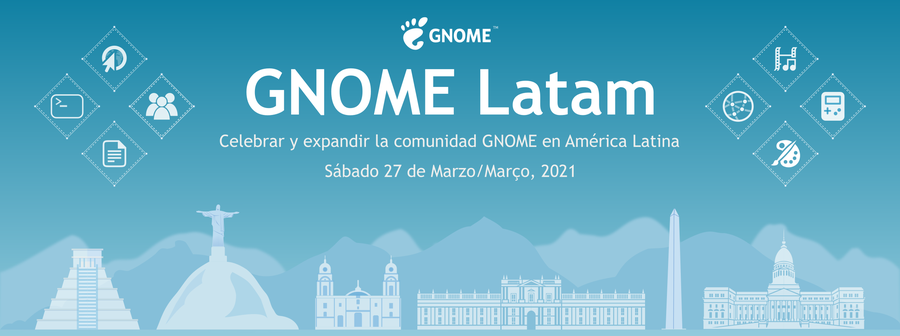YOW London was held on 29-30 Nov 2022 in CodeNode Space & Events, a very convenient location just a few minutes from the Liverpool Street station. Everything was first class, from presenters and stalls to organization and food. As it is seen in the picture, the registration desk and the venue were so modern and everything run very smoothly.
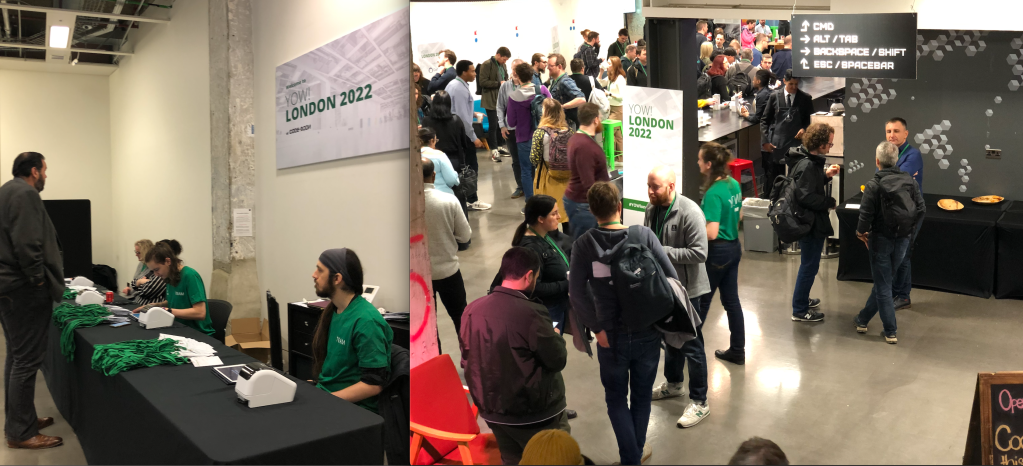
I’ve posted very frequently what had happened during two days at @yulwitter under the tags: #YOWlondon @yow_conf @GOTOCon
Speakers
There were 33 speakers at this event. I could not attend all the talks because they were taking place in three different rooms (CTRL, ALT, and CMD). From the ones I saw, the following six were my favorites:
- Robert Virding and his experience with Erlang programming language, from how the idea was born until the creation of the ecosystem. His team has faced issues, including concurrency and parallelism.
- Jeff Williams was in charge of the DevOps part emphasizing the use of IAST to do analysis in a matter of seconds (DevSecOps). I admired the knowledge and experience he shared and his very neat slides.
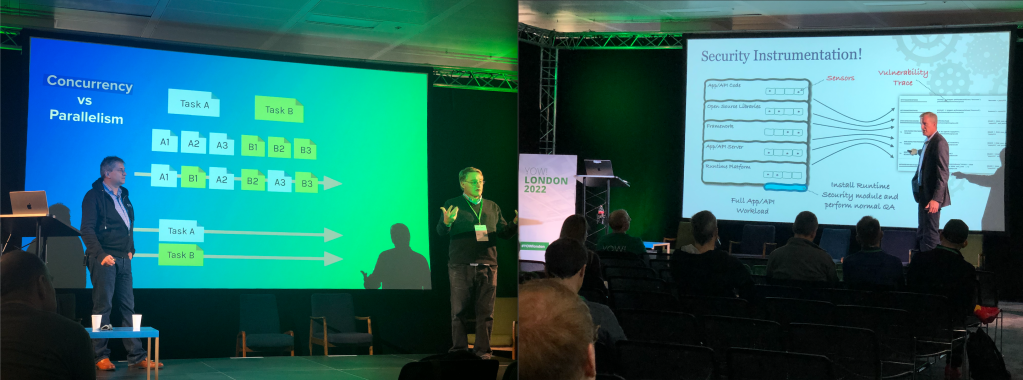
3. Jessica Kerr and her talk Going Deep on Gamification, she really knows how to engage the audience and she combined all her decades of experience with the principles of participating in a software team.
4. Adam Tornhill with more than 3 decades of experience did an analysis of a healthy code that not only impacts on business but also on the developers health. He focused in identifying ‘risk areas’.

5. Linda Rising gave a talk remotely, focusing on the personal aspect of a developer. She made us think about how our own prejudice impacts on our work. I also think that communication is important in a team, but are we doing it properly? Should we trust anything or anybody, including ourselves?
6. Jesse Anderson has been mentoring several big data projects in his managerial role at the Big Data Institute. His message was basically to align the technical objectives of a project with business values. This will generate a clear plan for choosing the right technology and the right people to complete it.
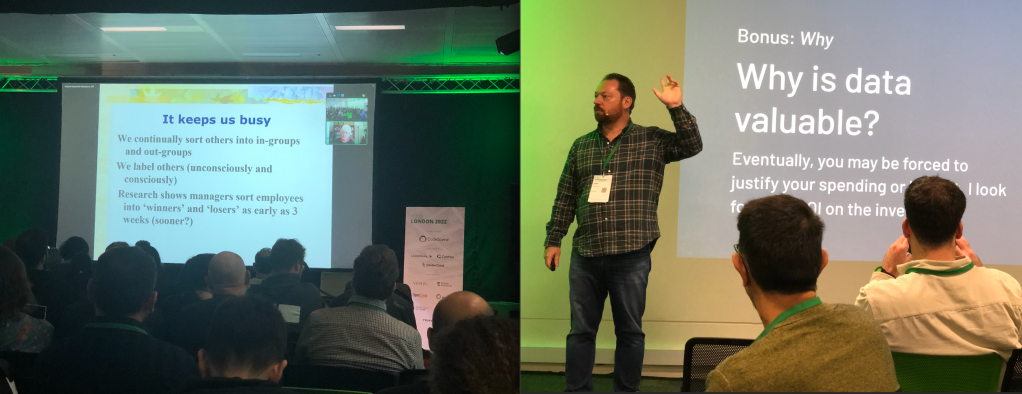
Attendees
Many developers from all over the world came to the event. I had a brief chat with some of them who introduced me to programming languages such as Typescript and Apex (Salesforce). Below are a couple of photos of visitors from Poland and Sweden. Thank you for your kindness 🙂
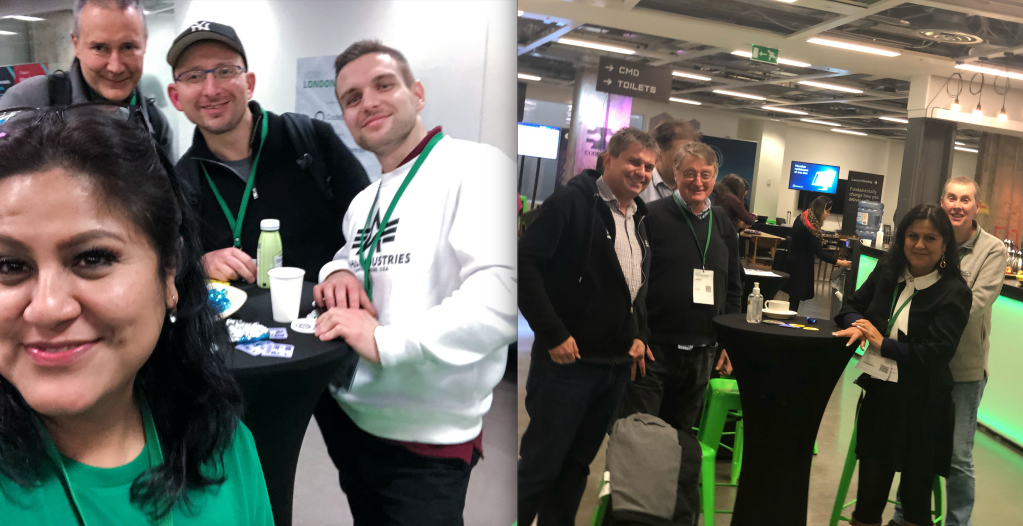
Lovely connections
Networking is important in order to grow professionally, but in this life you can also have a heart-to-heart conversation in unexpected places. I found these two lovely and experienced professionals: Nicki Watt and Catherine Stenson. Thanks OpenCredo, we loved the souvenirs and the sweeties you gave us.
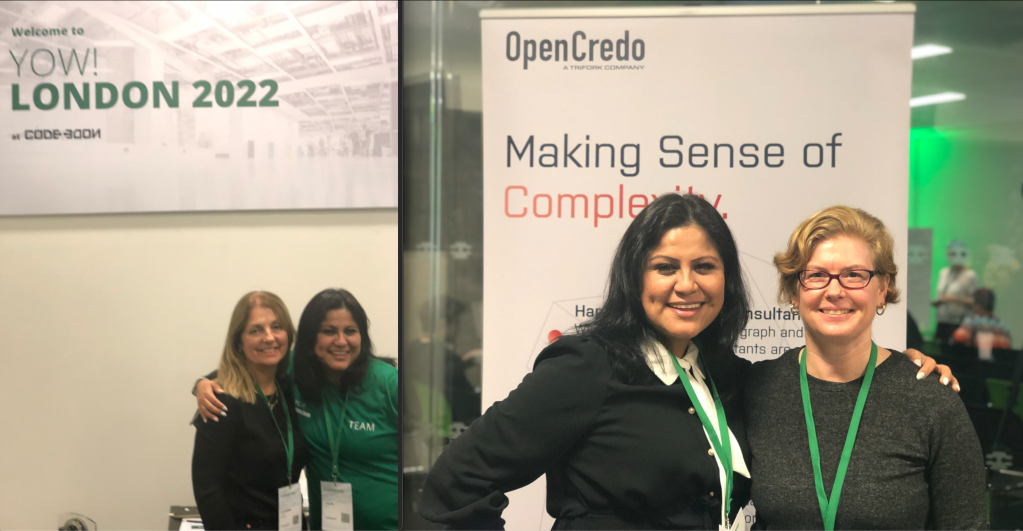
Impressions
I was pleasantly surprised by many people and organizations that made me feel like Christmas is around the corner. LaunchDarkly, for example, serves more than 20 trillion feature flags a day, having happy customers such as IBM and the Santander Bank! I was also pleased to have a photo with the approachable Dave Farley, who has 149.000 subscribers to his YouTube channel.

I was definitely dazzled by Dylan Beattie, the creator of the Rockstar programming language. Besides giving an excellent talk that involved and combined several disciplines such as maths, AI, physics and music, he gave a live concert with his colleagues at the venue. I enjoyed the geeky concert like a teenager! Another gift I had from the conference was a book from CodeScene. Thanks Matti Hanel!

Organizers
I want to thank the GOTO organizers, and the YOW events team! Especially Oliver Zhao for giving me this great opportunity in London! At every step, I felt that the organizers had made a massive effort and it paid off! This was one of the few conferences at which I have seen most people stay until the very end.
